Budapes là thủ đô của Hungary. Thành phố có diện tích 525 km2[1]. Budapest đã trở thành thành phố duy nhất nằm cả hai bên bờ sông Danube với sự hợp nhất vào ngày 17 tháng 11 năm 1873 giữa Buda và Óbuda bờ tây (hữu ngạn) và Óbuda với Pest ở bờ đông.

Được xem là một trong những thành phố đẹp nhất ở châu Âu, di sản thế giới UNESCO nằm ở thành phố này gồm hai bờ sông Donau, khu phố lâu đài Buda, đại lộ Andrássy, quảng trường các anh hùng và tuyến đường tàu điện ngầm Thiên niên kỷ, tuyến cổ thứ nhì thế giới.
Từ nhà ga Vienna tôi đi xe lửa tới nhà ga Budapest – Keleti khoảng 3 tiếng đồng hồ


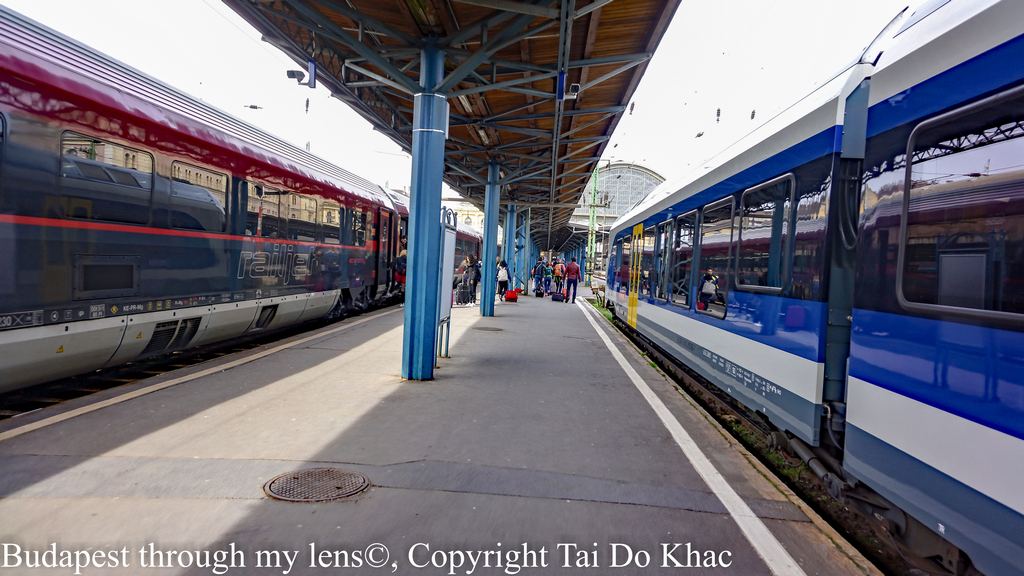

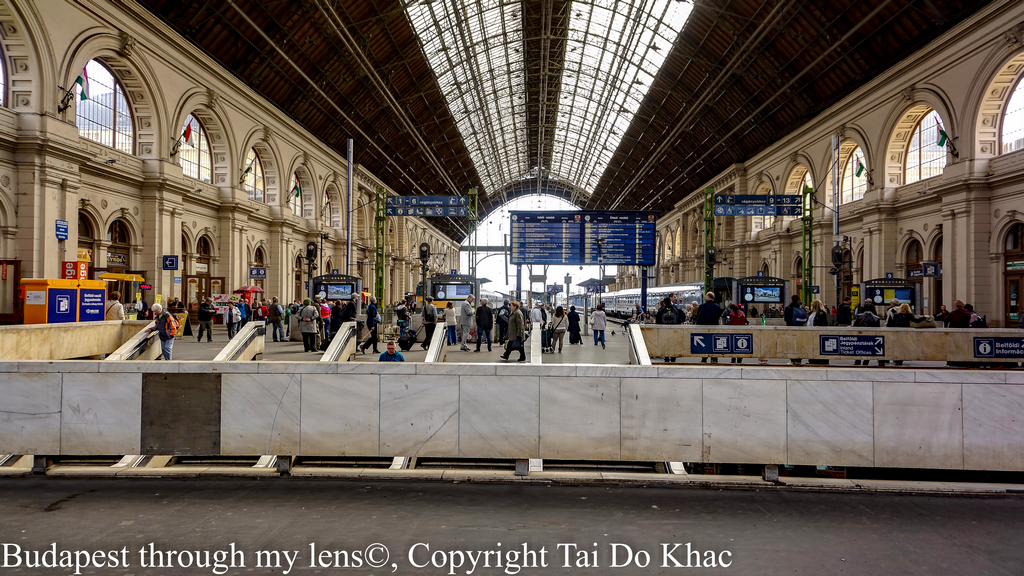
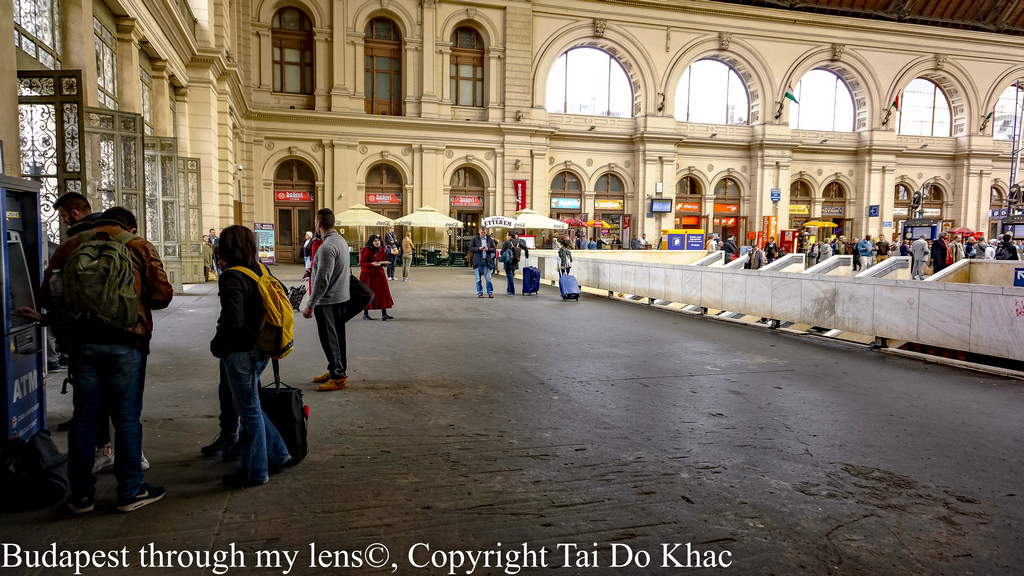
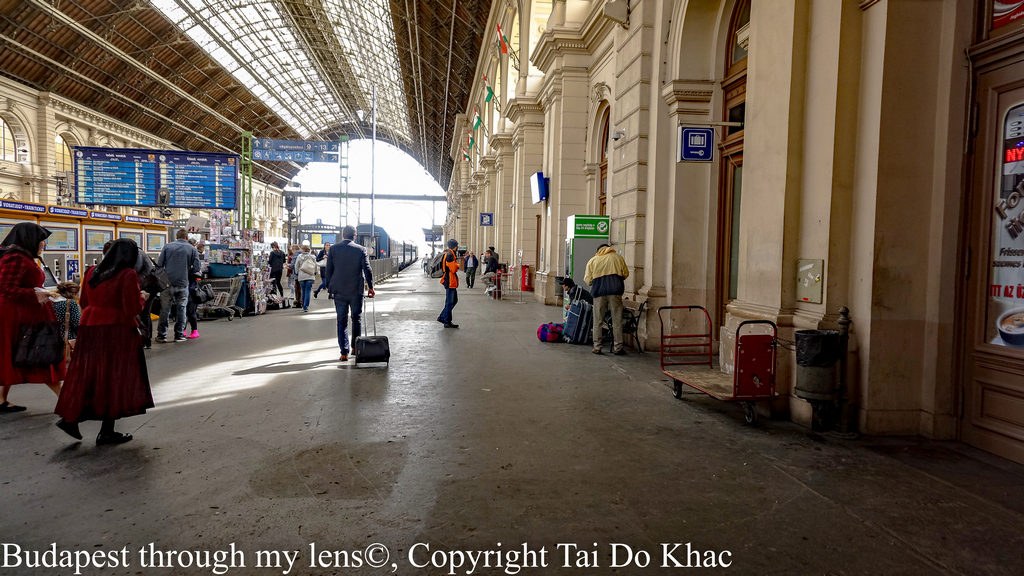

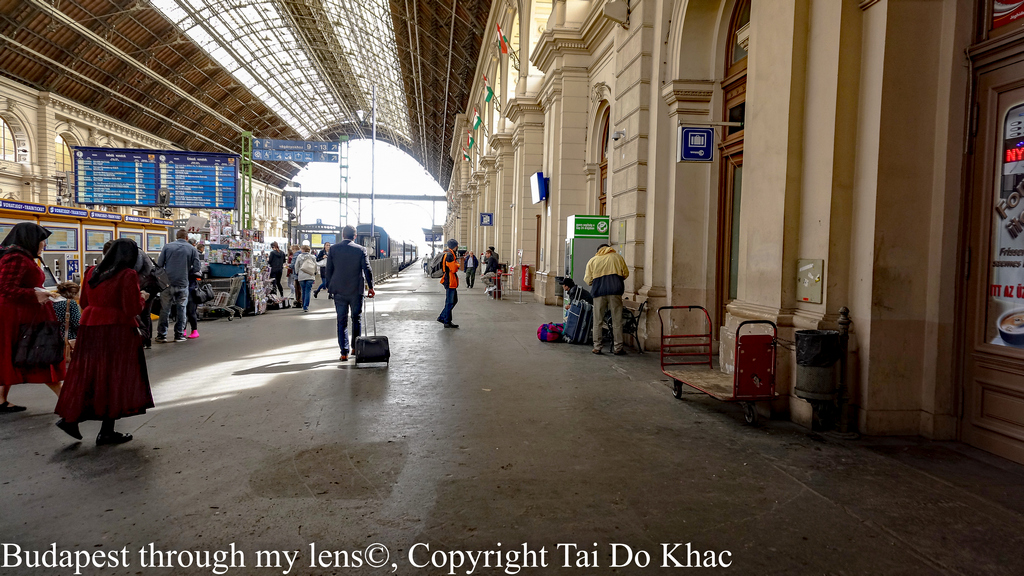

Citadella là pháo đài nằm trên đỉnh Đồi Gellért ở Budapest. Pháo đài được xây dựng năm 1851 bởi Julius Jacob von Haynau, chỉ huy Viện quân chủ Habsburg, và được thiết kế Của Emmanuel Zitta và Ferenc Kasselik, sau cuộc Cách mạng Hungary năm 1848.
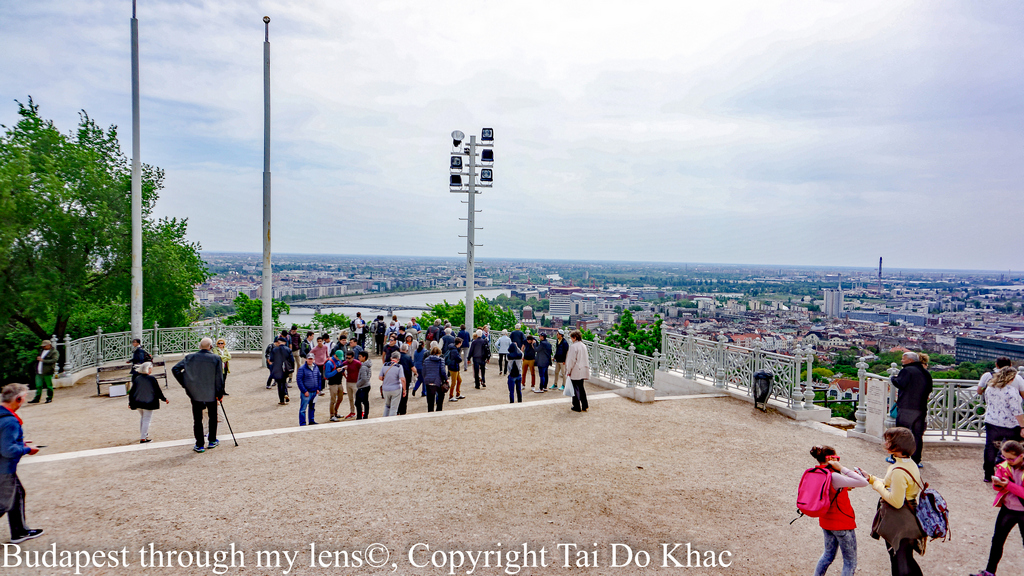
Pháo đài là cấu trúc hình chữ U được xây dựng khoảng sân giữa, dài 220 mét, rộng 60 mét và cao 4 mét.


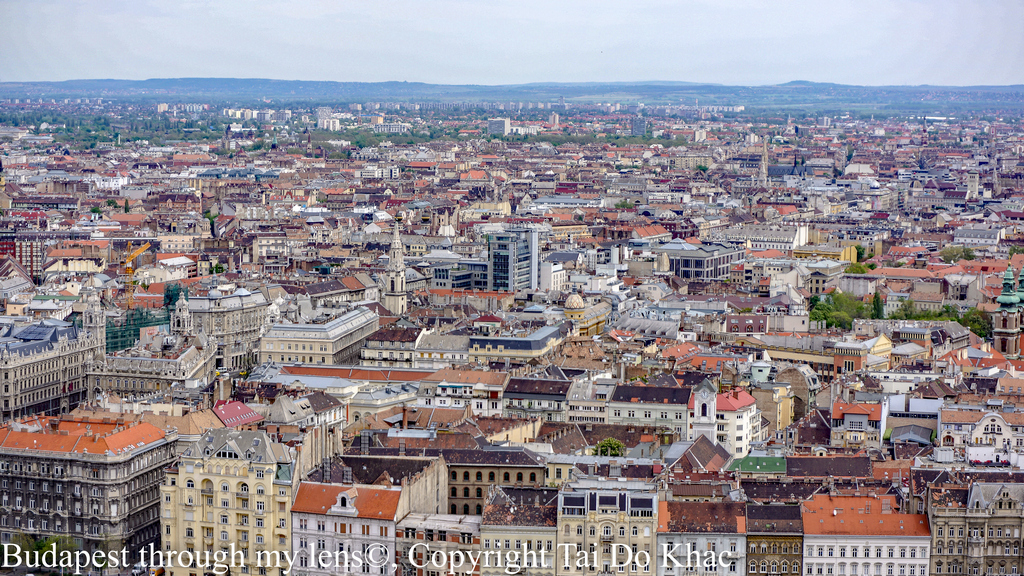
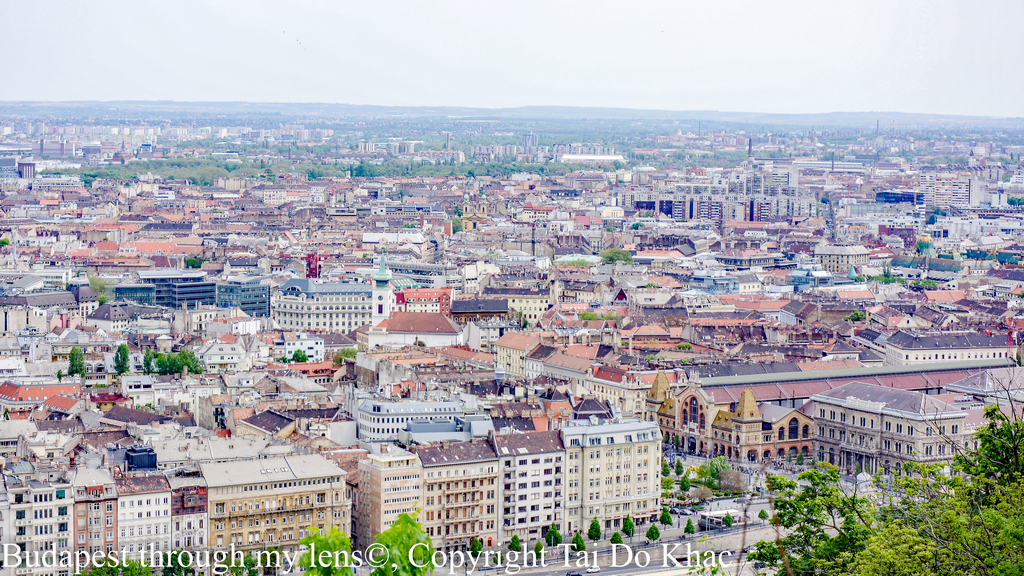
Tượng đài Tự do hoặc Tượng đài Tự do ( Hungarian: Szabadság-szobor ) là một tượng đài ở Đồi Gellért. Nó kỷ niệm những người hy sinh cuộc sống của họ cho độc lập, tự do và thịnh vượng của Hungary.
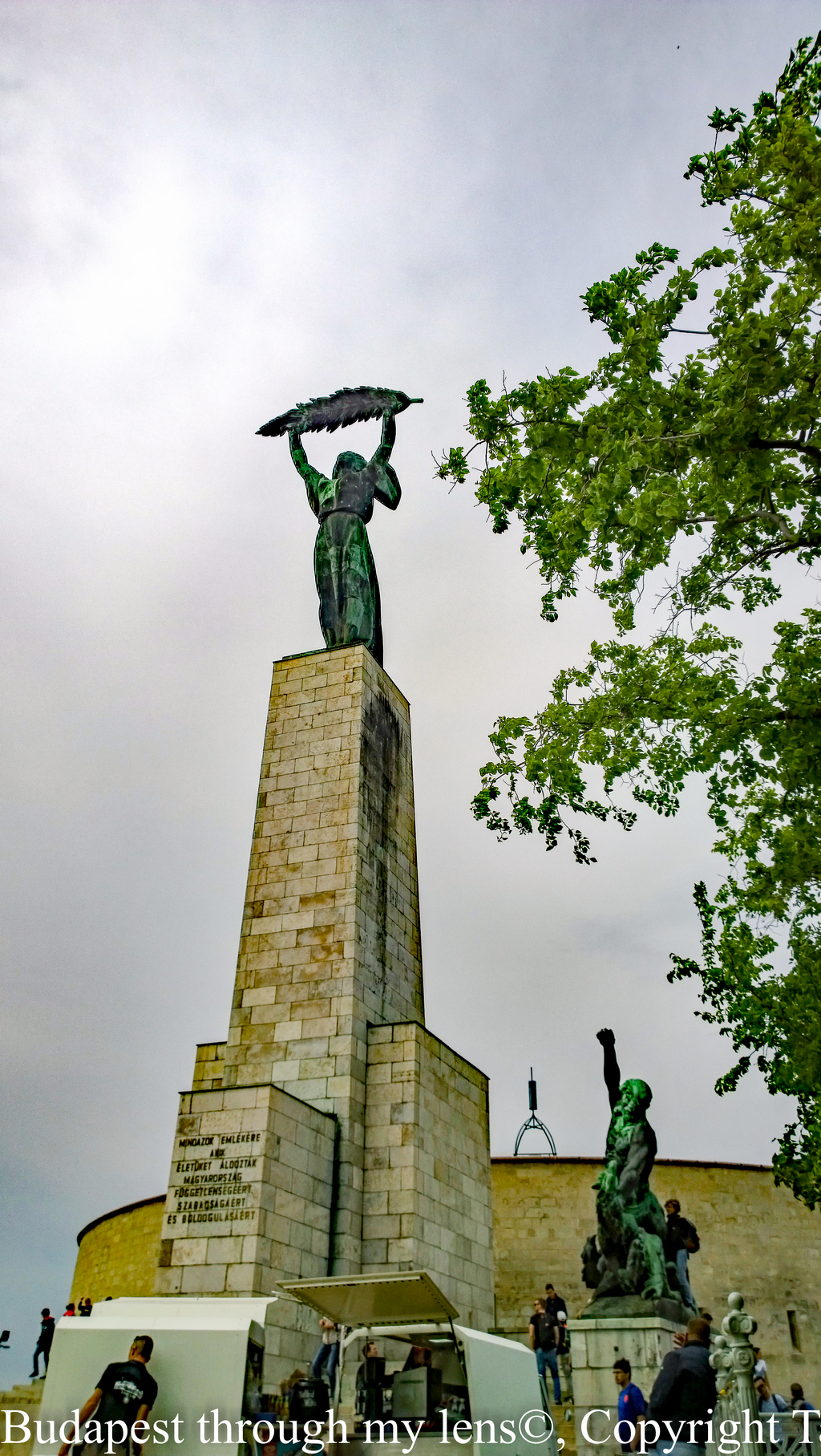
Tượng bằng đồng cao 14 m nằm trên một bệ 26 m và giữ một lá cọ.

Tượng đài Tự Do (Szabadsag Szobor) nằm trên đỉnh đồi Gellért do Zsigmond Kisfaludi dựng vào năm 1947 để kỷ niệm ngày bại trận của Đức Quốc Xã. Tượng cao 14 m cho thấy Nữ Thần Tự do trong thế đứng vươn hai tay cao cầm một lá cọ dài. Vị trí của nó trên Gellért Hill làm cho nó trở thành nét nổi bật của cảnh quan thành phố Budapest.

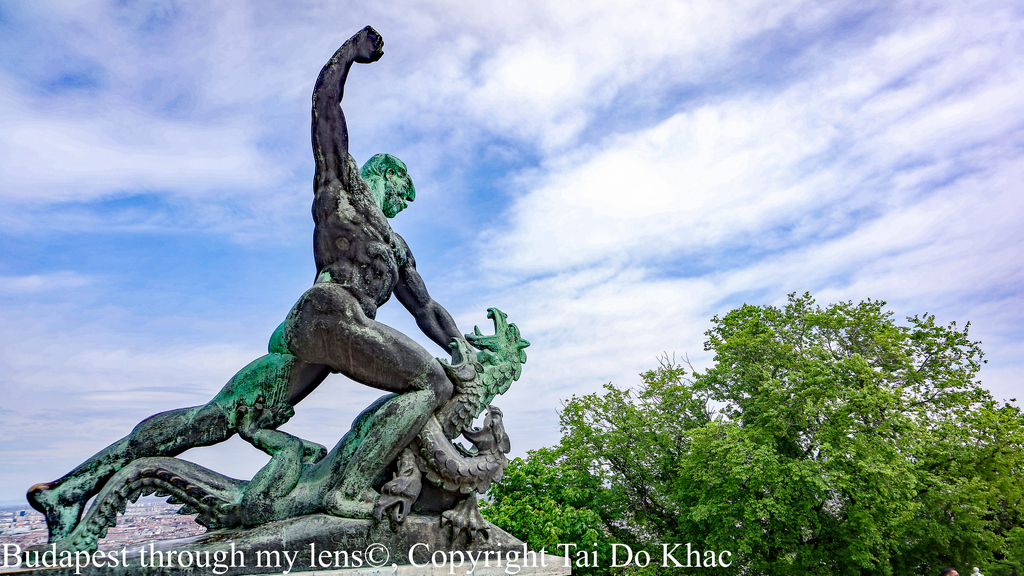
Chắc có người còn nhớ tới phim “ le Danuble blue “ năm 1940
Le Danube bleu (1940)
Anika is the most beautiful girl of her clan and has for pretenders the gypsy Sandor and the rich Féry. When Féry is assassinated, Sandor is accused of the murder. Anika, with the help of a fortune teller decides to find out what happened.
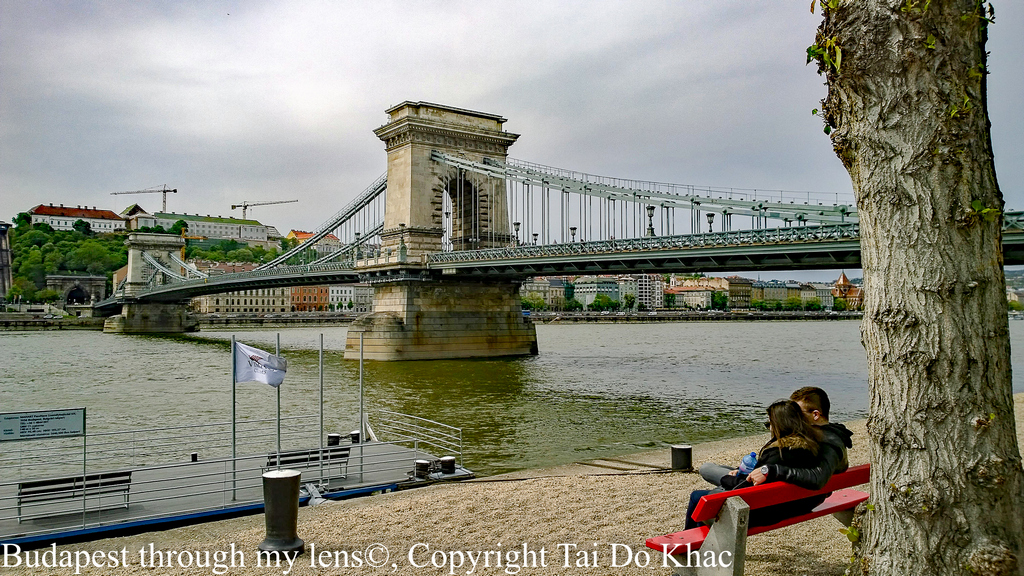
Le Danube est le second plus long fleuve d’Europe, après la Volga. Il prend sa source en Allemagne, dans la Forêt-Noire, puis arrose l’Autriche, la Slovaquie, la Hongrie, la Serbie, la Roumanie, sur environ 2 800 kilomètres. Après avoir traversé de nombreuses capitales européennes telles que Vienne, Budapest ou Belgrade, le Danube se jette dans la mer Noire, formant un vaste delta sur les côtes roumaines.
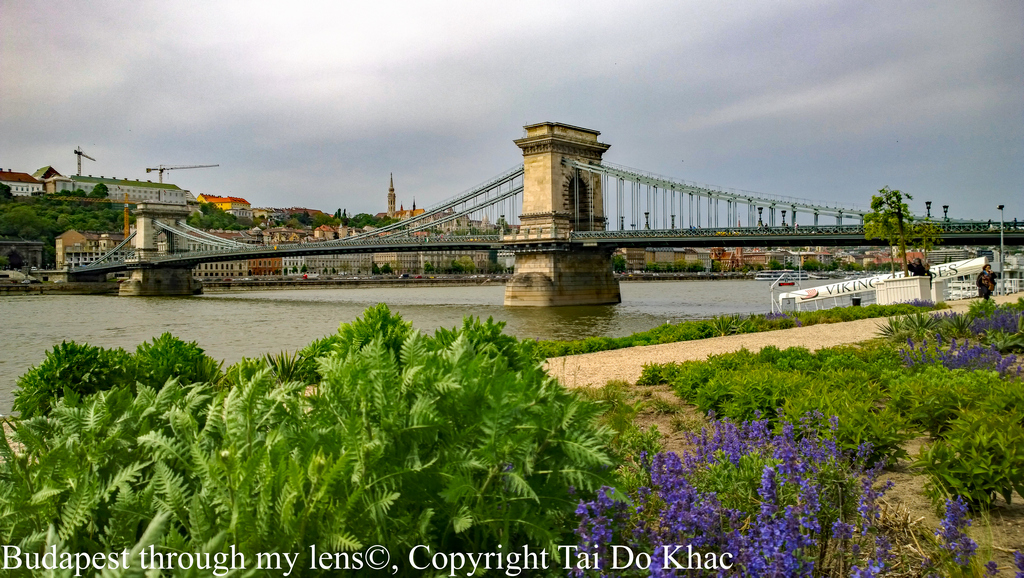
Le delta du Danube a été déclaré réserve de la biosphère par l’Unesco. En Hongrie, dans les environs de Budapest, le Danube fait un virage à 90° pour éviter les montagnes de Börzsöny et de Pilis. Ce virage est appelé boucle du Danube. C’est sans doute là que le fleuve révèle toute sa beauté. On y trouve des petites villes fortifiées dans un décor grandiose. Pour l’anecdote, Johann Strauss composa la fameuse valse Le beau Danube bleu, alors qu’il était en croisière sur le fleuve.

On peut sans problème prendre un bateau de Budapest, et partir faire une excursion dans la journée vers le nord en direction de l’île de Szentendre, Esztergom ou Višegrad
Dọc theo sông Danuble tháng tư năm 2017. Sông Danube chảy dài bắt nguồn từ Germany, qua Austria, Slovakia, Hungary, Croatia, Serbia, Bulgaria, Romania, Moldova và Ukraine, cuối cùng đổ ra Hắc Hải.
Cầu Chain (Széchenyi lánchíd). Cây cầu đầu tiên nối liền Buda và Pest là cây cầu treo Xích Széchenyi khánh thành vào năm 1849. Cầu bắt đầu từ thành Pest ở công trường Roosevelt cạnh trường đại học Khoa học và đi qua sông Danube đến công trường Adam Clark gần mốc có tấm đá điêu khắc Zero Kilometer và toa kéo máy (funicular) đưa lên đồi Castle. Cầu Xích đuợc đặt tên theo István Széchenyi, người đã quyết chí dựng một cây cầu qua sông Danube. Cầu do nhà kỹ sư người Anh William Tierney Clark thiết kế với sự hợp tác của kỹ sư người Scott tên Adam Clark.


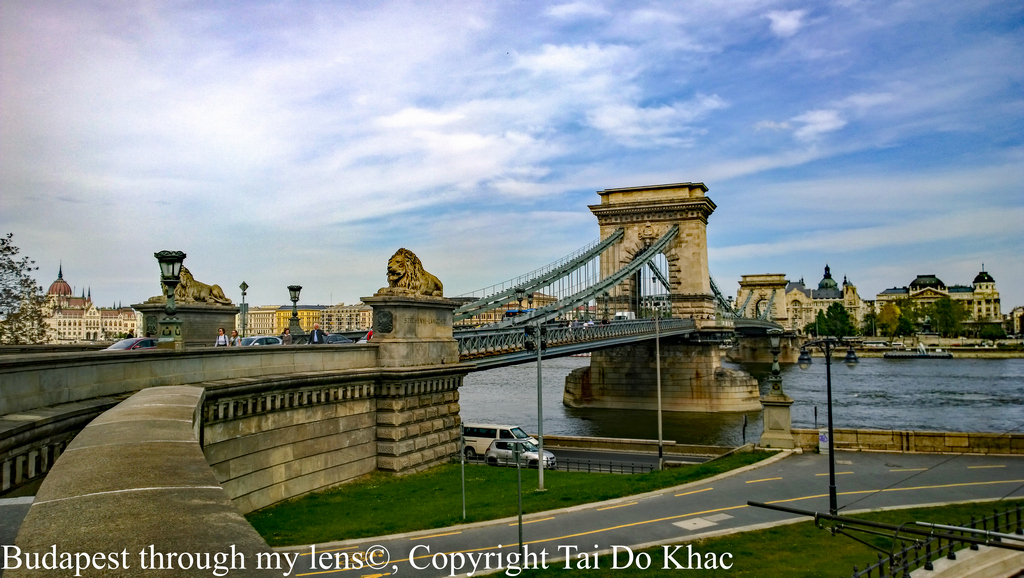
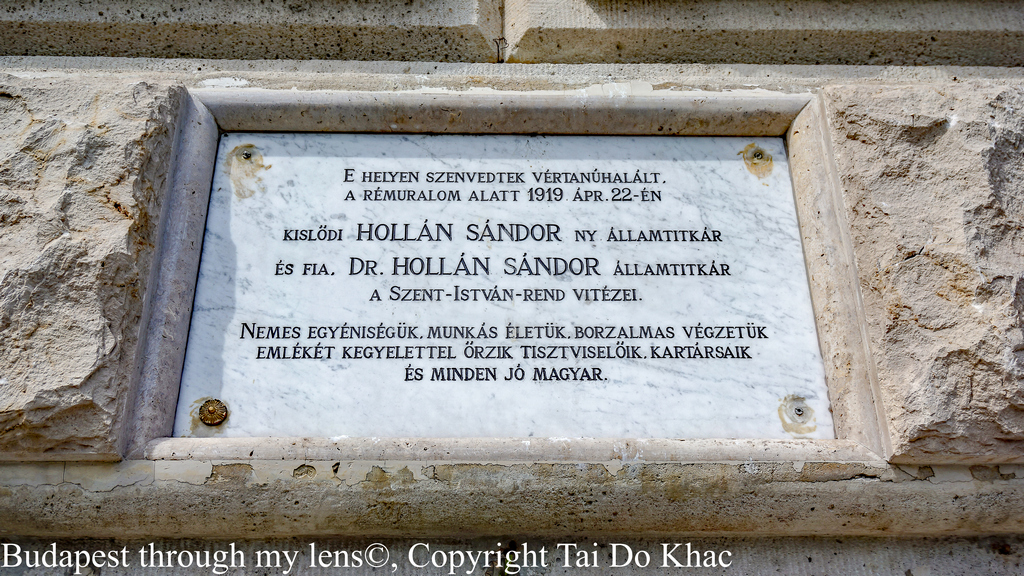

Em còn nhớ hay em đả quên . Một buổi chiều bên dòng sông Danube

Hai cặp sư tử nằm nhìn thẳng vào hai thành phố trấn giữ hai đầu cầu.
Theo truyền thuyết thì nhà điêu khắc Marschalko János, người dựng hai cặp sư tử này đã cho tạc tượng sư tử không nhìn thấy lưỡi. Khi bị một người học nghề tìm tòi và chất vấn và rồi mọi người bàn tán xôn xao về sư tử không lưỡi thì János đã phải nghiên cứu lại kỹ lưỡng và trả lời qua một cuộc đánh cá rằng nếu ai có thể thấy lưỡi của một chú sư tử ngồi trong thế mà János tạc thì János sẽ thua và chấp nhận là tượng có khuyết điểm, Thế rồi quả thật là không ai có thể thấy lưỡi sư tử khi nằm và mở miệng như thế nên Járos đã thắng cuộc. Truyền thuyết vẫn không hề tắt và có khi còn đuợc kể như Jároz đã quá phiền muộn nên nhảy từ trên cầu xuống sông Danube tự tử. Lẽ dĩ nhiên là sư tử có lưỡi chứ, và họ nói rằng phải leo lên và nhìn từ trên đầu sư tử xuống!


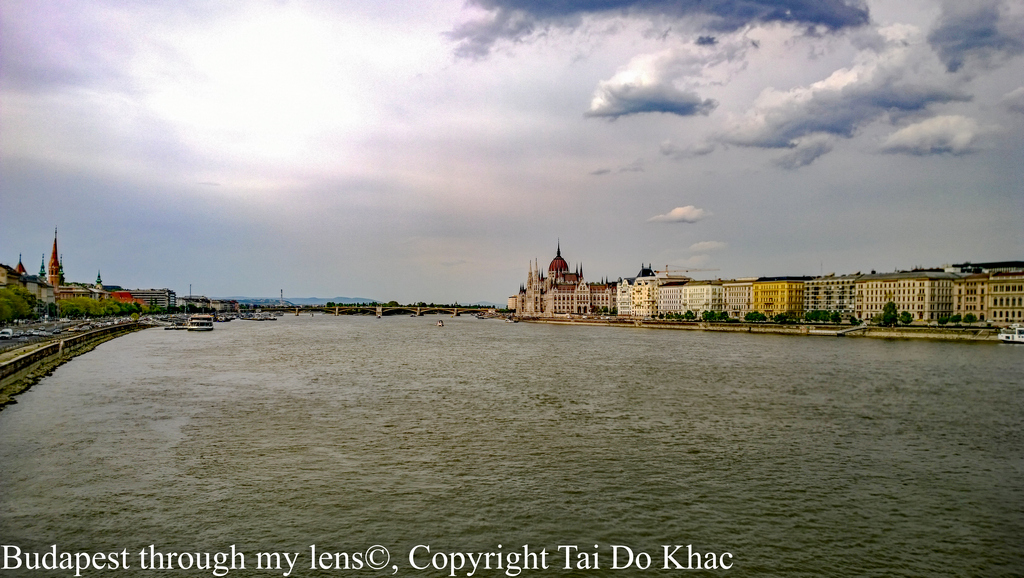
Gloomy Sunday ist der englische Titel des 1933 von dem ungarischen Pianisten Rezső Seress komponierten Liedes Szomorú Vasárnap (Ungarisch für „Trauriger Sonntag“). Das Lied, das auch als „Lied der Selbstmörder“ bekannt war, wurde in der jüngeren Vergangenheit wiederentdeckt und besonders durch den Film Ein Lied von Liebe und Tod weithin bekannt. In deutschsprachigen Ländern kennt man es auch unter dem Titel Das Lied vom traurigen Sonntag.
Den Text des Liedes schrieb László Jávor im Oktober 1932, nachdem seine Verlobte ihn verlassen hatte. Auf seine Bitte hin komponierte Seress 1933 die Melodie dazu. Mehrere Verlage lehnten das Lied ab, weil es zu melancholisch sei. Trotzdem erlangte Gloomy Sunday eine gewisse Berühmtheit – unter anderem, weil es in den Ruf kam, Menschen zum Suizid zu bewegen. Überlegungen, das Lied von staatlicher Seite verbieten zu lassen, scheiterten aus verschiedenen Gründen. Ein Verbot der BBC beispielsweise konnte hausintern nicht durchgesetzt werden. Dennoch weigerten sich viele Radiosender, das Lied zu spielen.
Tôi nhớ hồi còn trẻ tôi thích nghe bài hát “Chủ nhật buồn” của nhạc sĩ người Hung do Phạm Duy phổ lời Việt từ bài tiếng Pháp Sombre Dimanche (Chủ Nhật buồn đi lê thê… Bước chân người, đến với tôi thì muộn rồi…). Bài ca này được nhạc sĩ dương cầm Rezso Seress viết năm 1933.
Khi ca khúc này được tung ra, nghe nói đã có cả trăm người tự tử khi nghe bản nhạc làm một số nhà xuất bản từ chối phát hành, nên có lúc bài hát bị cấm, nhưng nó vẫn được phổ biến rộng rãi khắp thế giới. Tác giả sau khi biết được những vụ tự tử liên quan đến bài hát, như cô gái chết trong tay cầm bản nhạc Chủ nhật buồn, ông muốn thu hồi cũng không được.
Ca khúc “Chủ Nhật buồn” được người ta gọi là “Bài ca tự sát Hung” (Hungarian suicide song). Đây là một trong những bài hát buồn đến kinh khiếp, từ giai điệu cho đến ca từ. 35 năm sau khi viết bài này, chính tác giả cũng tự tử vào năm 1968.
Sombre Dimanche (Szomorú Vasárnap) est un morceau de jazz écrit en 1933 par l’artiste hongrois Rezső Seress, en mémoire des êtres défunts aimés du compositeur.
Ce morceau, très triste et mélancolique, est devenu célèbre, principalement parce qu’il a été interdit dans la plupart des établissements de Budapest qui craignaient de pousser leurs clients au suicide. Les légendes urbaines entourant cette chanson lui ont valu d’être surnommée « le morceau interdit à Budapest » ou encore « le morceau suicidaire hongrois ». Les rumeurs (interdictions à la radio, vagues de suicide), provenant en partie d’une campagne visant à la promouvoir, sont cependant sans fondement1. L’ironie du sort veut que le compositeur se soit lui-même suicidé en 1968.
Le morceau est devenu une musique de fond courante durant la fin des années 1930 aux États-Unis, pendant la grande Dépression.
Szomorú Vasárnap a été repris en 1940 par Paul Robeson sous le titre Gloomy Sunday et ensuite par d’autres artistes, dont notamment Billie Holiday dont la version a été interdite par la BBC en 1941, sans doute à cause du contexte de la Seconde Guerre mondiale où les censeurs avaient tendance à interdire les chansons considérées comme déprimantes.
„Gloomy Sunday“, also known as the „Hungarian Suicide Song“, is a popular song composed by Hungarian pianist and composer Rezső Seress and published in 1933.
The original lyrics were titled Vége a világnak (The world is ending) and were about despair caused by war, ending in a quiet prayer about people’s sins. Poet László Jávor wrote his own lyrics to the song, titled Szomorú vasárnap (Sad Sunday), in which the protagonist wants to commit suicide following his lover’s death.[1] The latter lyrics ended up becoming more popular while the former were essentially forgotten. The song was first recorded in Hungarian by Pál Kalmár in 1935.
„Gloomy Sunday“ was first recorded in English by Hal Kemp in 1936, with lyrics by Sam M. Lewis,[2] and was recorded the same year by Paul Robeson, with lyrics by Desmond Carter. It became well-known throughout much of the English-speaking world after the release of a version by Billie Holiday in 1941. Lewis’s lyrics referred to suicide, and the record label described it as the „Hungarian Suicide Song“. There is a recurring urban legend which claims that many people have committed suicide while listening to this song.
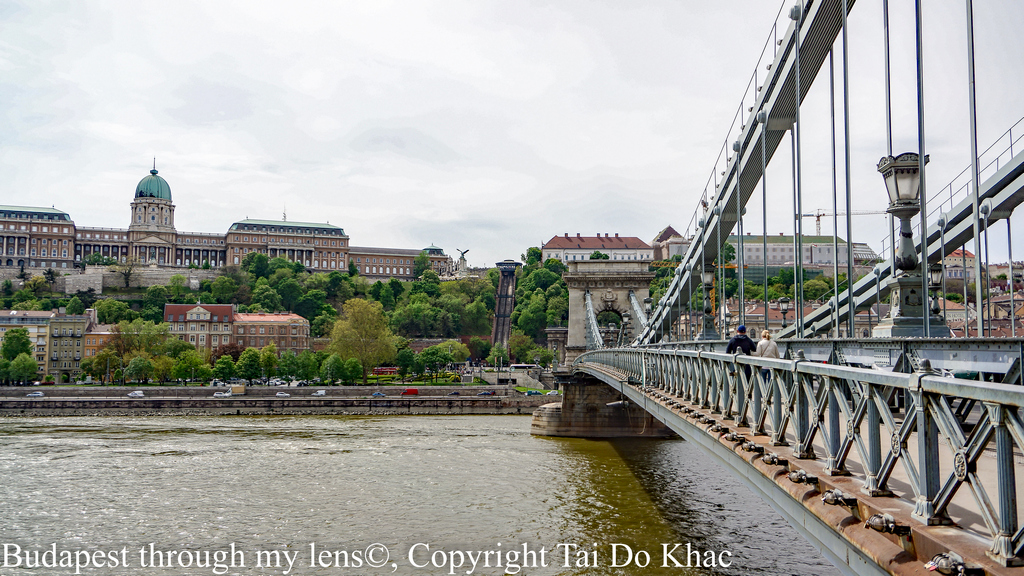

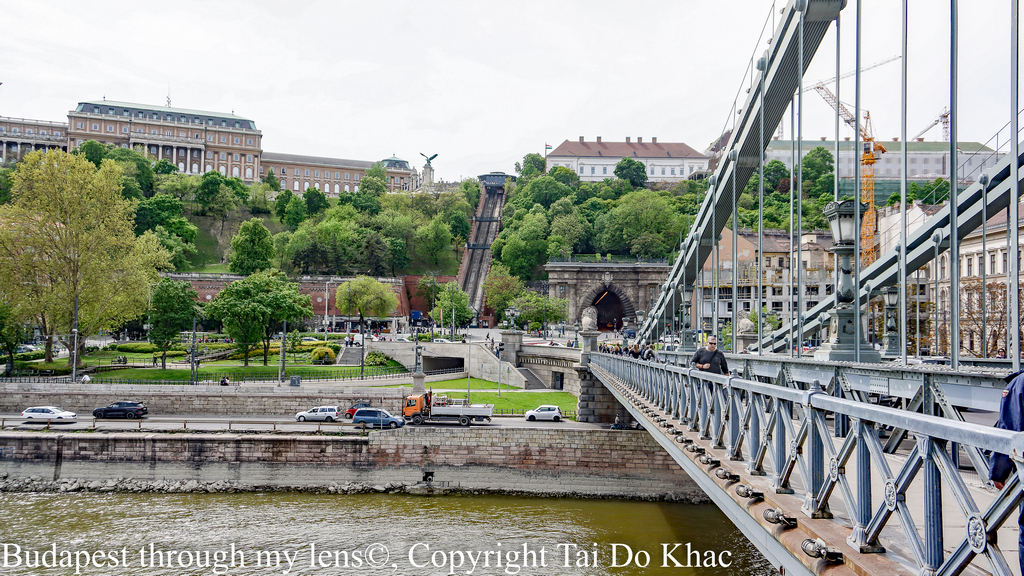
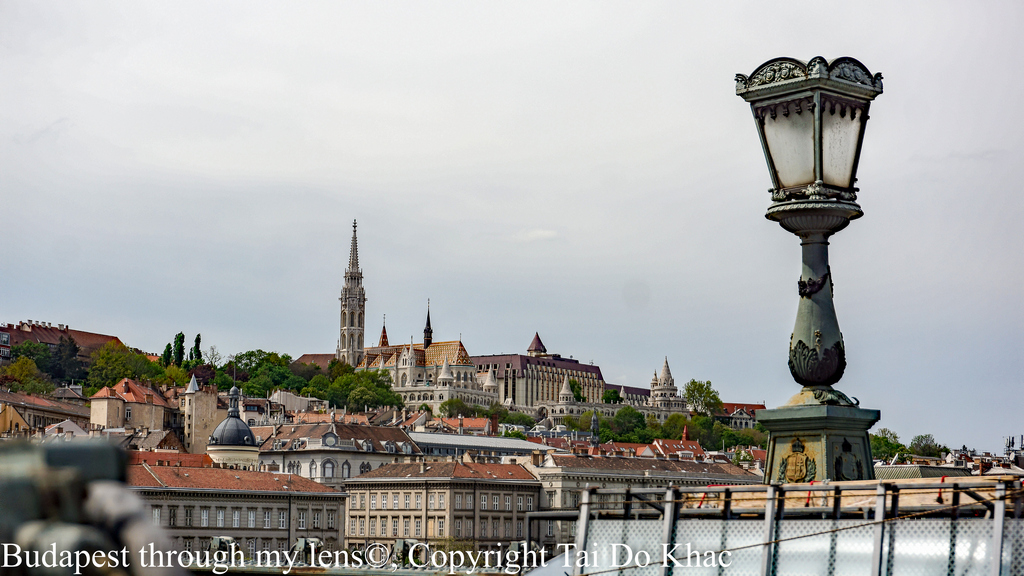
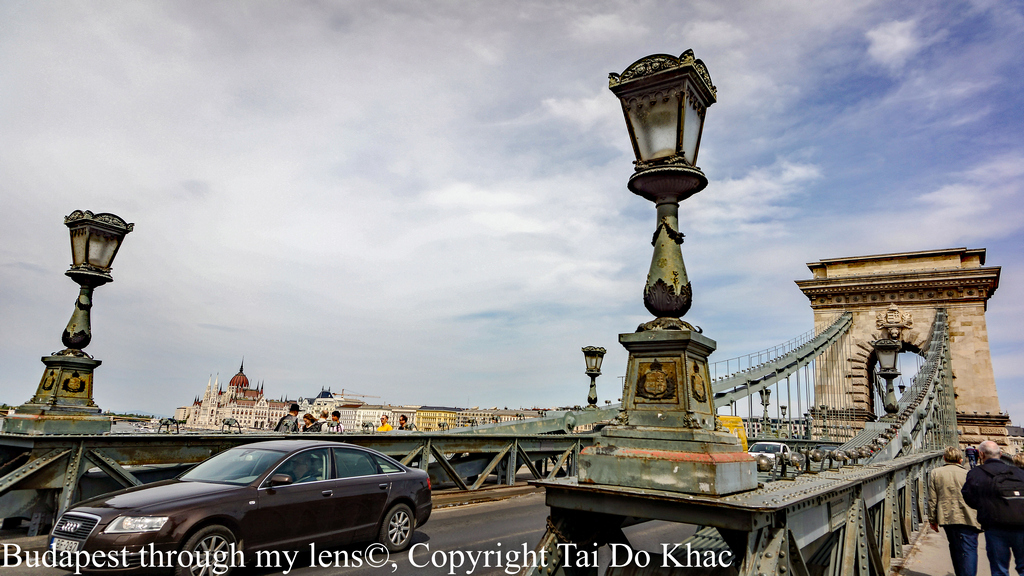

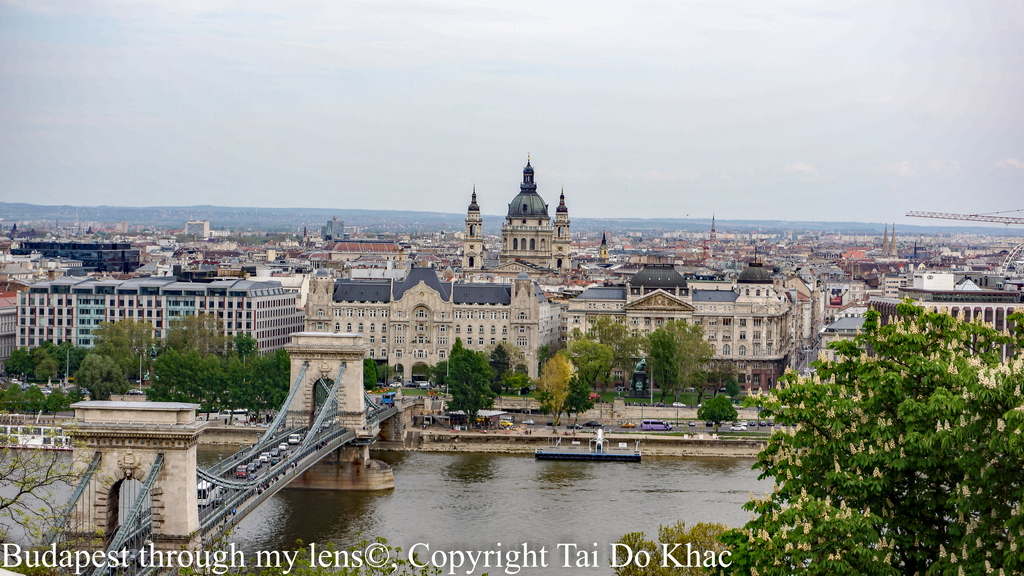



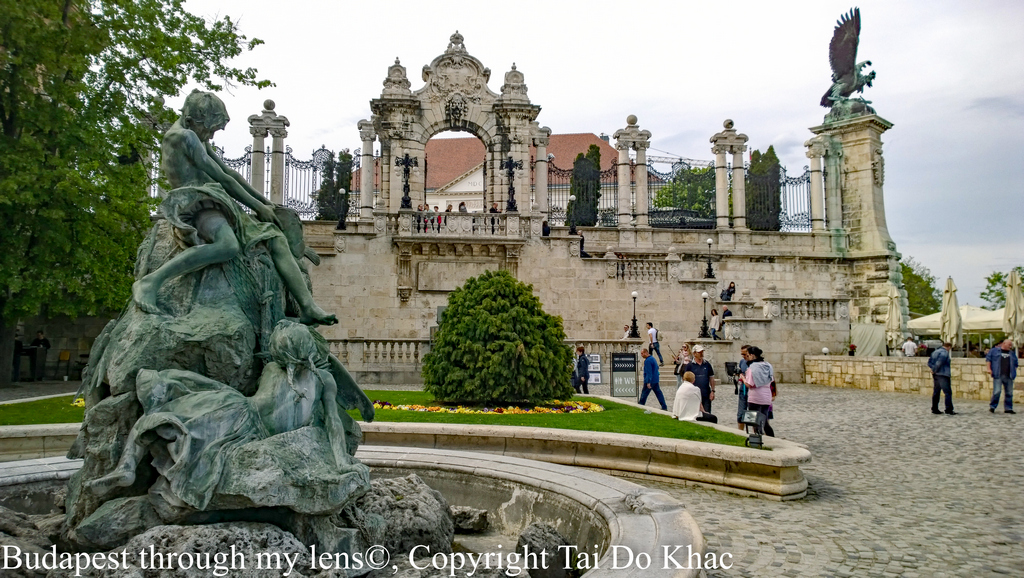


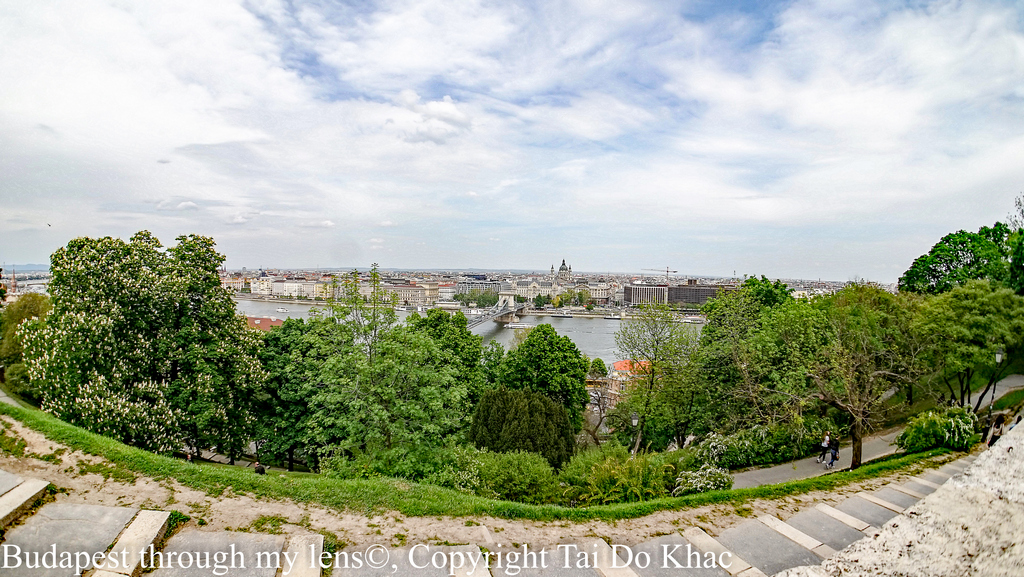

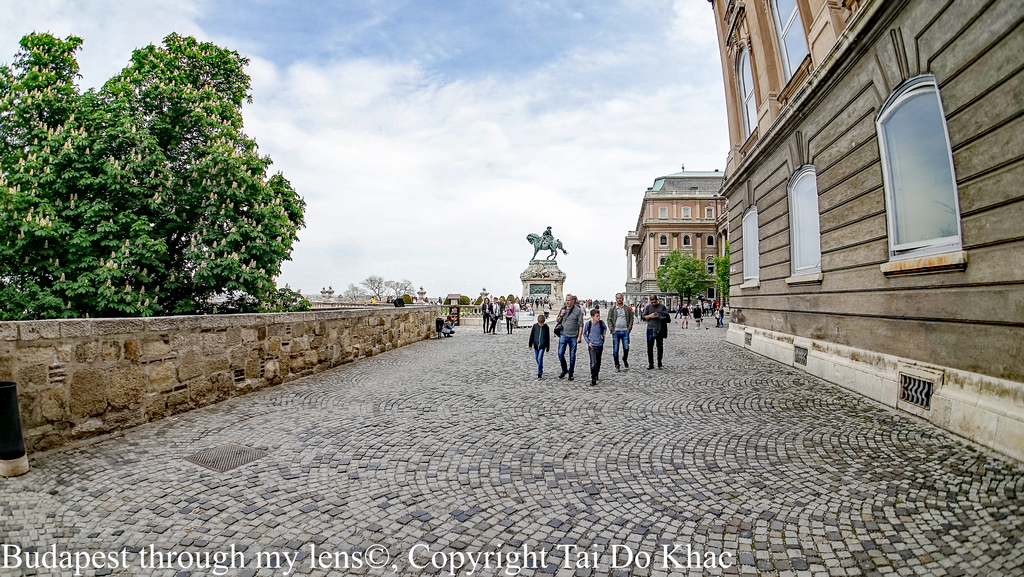

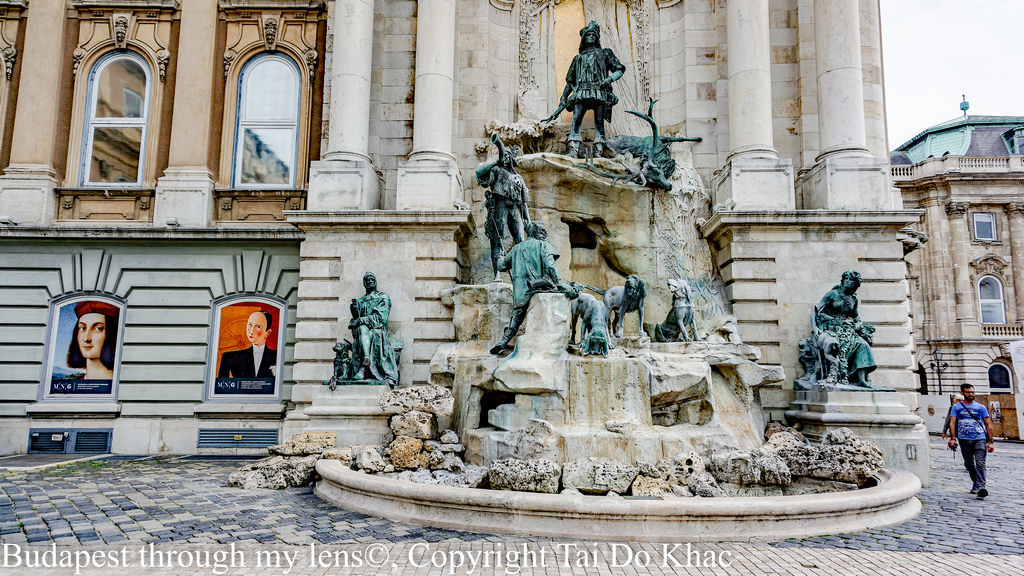

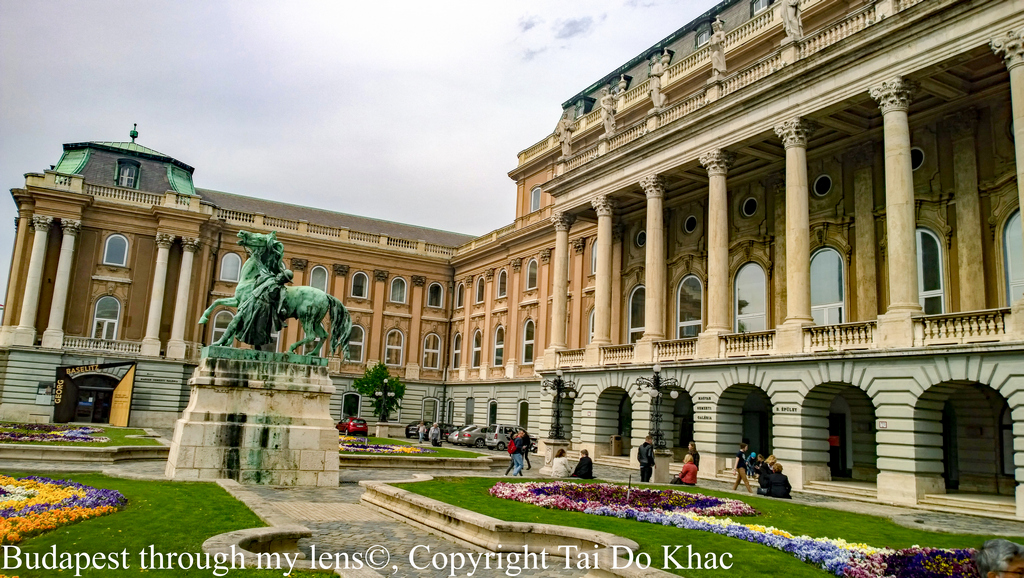
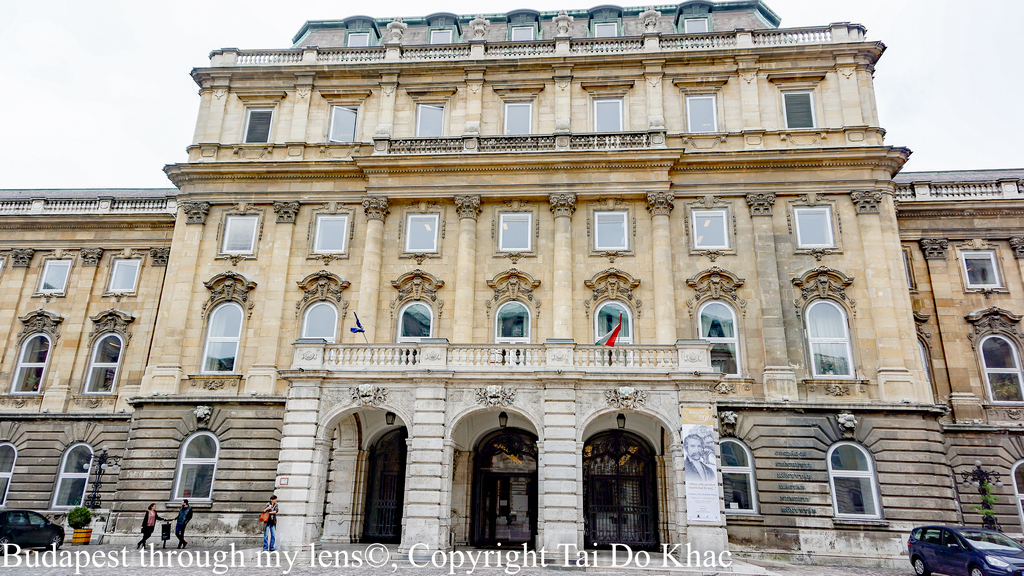
Elisabeth Bridge (Hungarian: Erzsébet híd) is the third newest bridge of Budapest, Hungary, connecting Buda and Pest across the River Danube. The bridge is situated at the narrowest part of the Danube in the Budapest area, spanning only 290 m. It is named after Elisabeth of Bavaria, a popular queen and empress of Austria-Hungary, who was assassinated in 1898. Today, her large bronze statue sits by the bridge’s Buda side connection in the middle of a small garden.
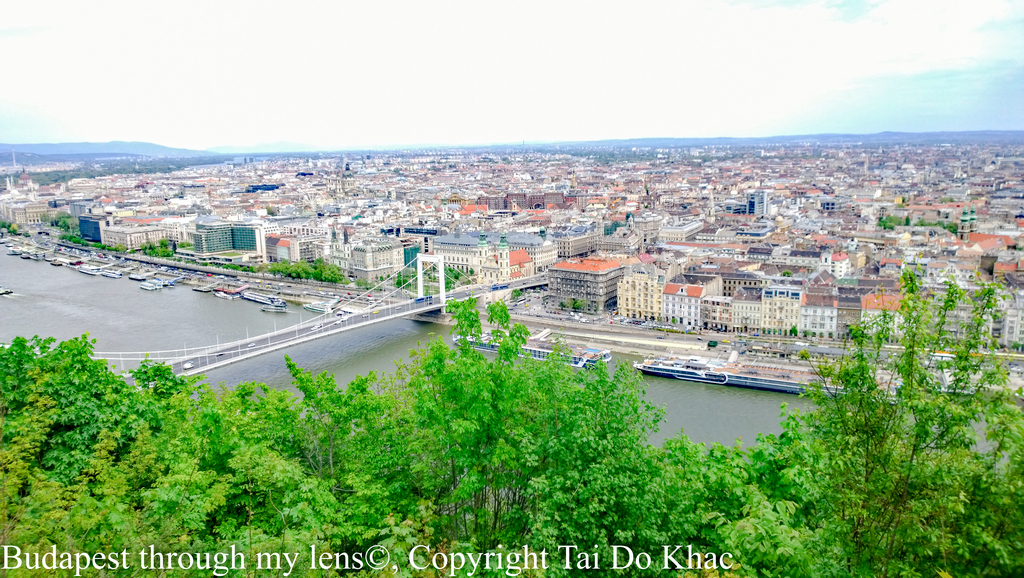
Margaret Bridge or Margit híd (sometimes Margit Bridge) is a three-way bridge in Budapest, Hungary, connecting Buda and Pest across the Danube and linking Margaret Island to the banks. It is the second-northernmost and second-oldest public bridge in Budapest.
It was designed by French engineer Ernest Goüin and built by the construction company Maison Ernest Goüin et Cie. between 1872 and 1876, the engineer in charge being Émile Nouguier. Margaret Bridge was the second permanent bridge in Budapest after Széchenyi Chain Bridge. This bridge leads up to Margaret Island, its two parts enclosing 165 degrees with each other at the embranchment towards the island. The reason for this unusual geometry is that the small extension to connect to Margaret Island was hastily inserted into the original design but not built until two decades later due to lack of funds.

St. Stephen’s Basilica
is a Roman Catholic basilica in Budapest, Hungary. It is named in honour of Stephen, the first King of Hungary (c 975–1038), whose supposed right hand is housed in the reliquary. It was the sixth largest church building in Hungary before 1920. Since the renaming of the primatial see, it’s the co-cathedral of the Roman Catholic Archdiocese of Esztergom-Budapest. Today, it is the third largest church building in present-day Hungary.
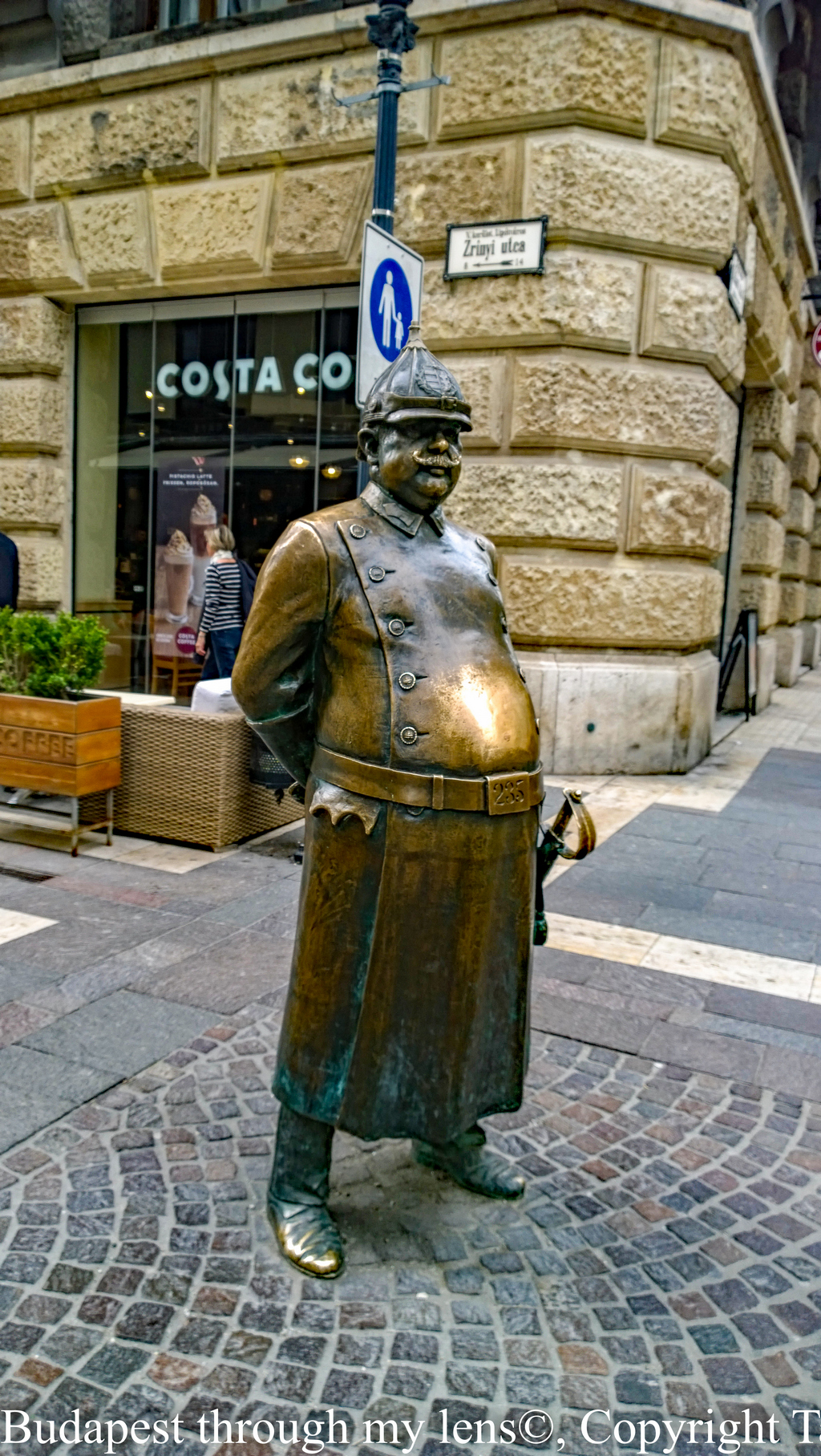
Thánh Stephen, khi chào đời mang tênVajk, đã được làm lễ rửa tội khi lên mười và mang tên Latin là „Stephanus“ (Hungary: „István“). Sau khi Stephen chiến thắng và thống nhất đuợc các bộ lạc, ông trở nên vị vua đầu tiên của Hungary. Đức Giáo Hoàng Sylvester II đã trao tặng ông vương miện để cảm ơn ông đã truyền bá Thiên chúa giáo. Sau khi Stephen chết và đến năm 1083, Đức Giáo Hoàng Gregory VII đã tuyên danh ông hiển thánh và từ đó ông đuợc gọi là Thánh Stephen của Hungary. Khi mồ ông đuợc khai quật để tuyên danh Thánh thì người ta thấy bàn tay phải của ông còn nguyên vẹn. Ngày nay bàn tay phải của Thánh Stephen đuợc coi như một báu vật của Thiên chúa giáo. Trong ngày Thánh Stephen 20 tháng Tám hàng năm, Bàn Tay Phải Thánh Stephen được lễ rước long trọng chung quanh Đại Giáo đường St Stephen.

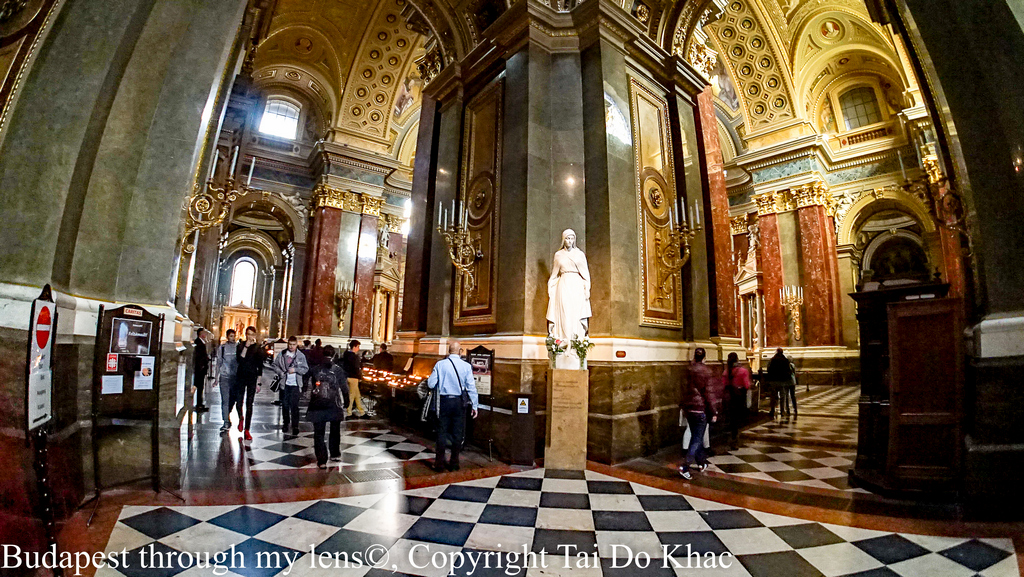


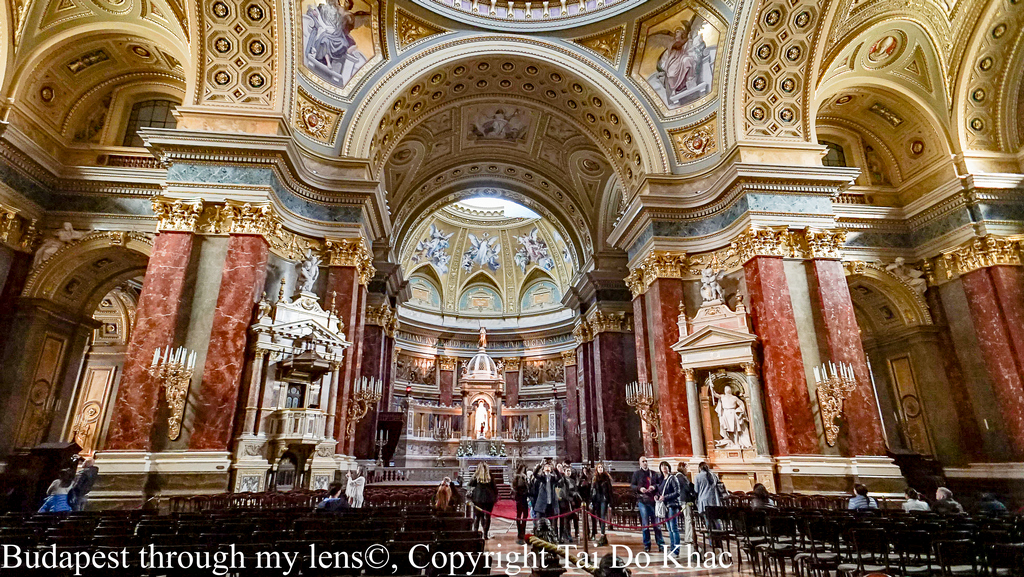
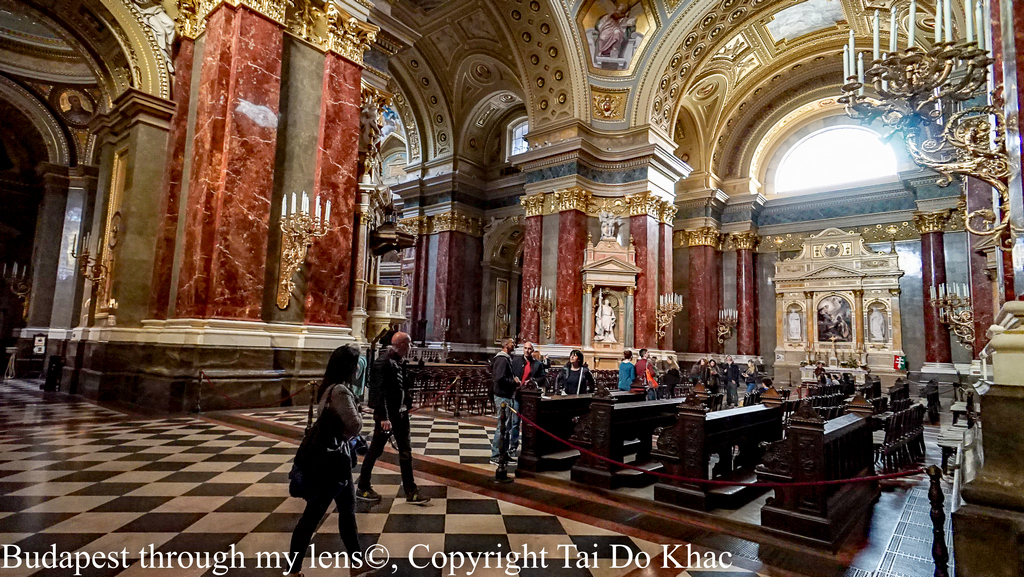
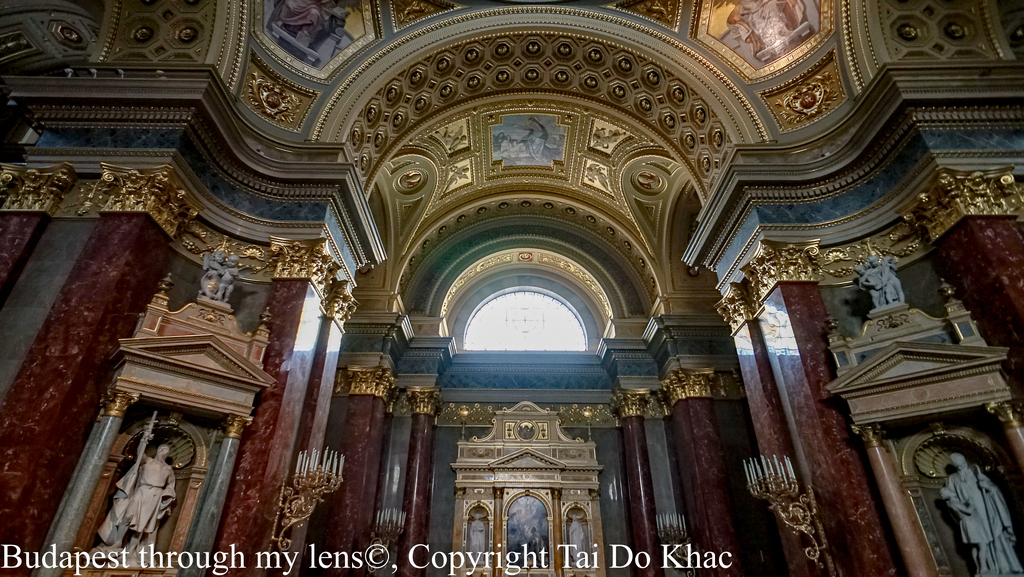




Shrine with St. Stephan’s relics
There are two chronicles that mention the burial and subsequent reburial of the body. Both report that the Right Hand was removed to the County of Bihor where it was found by King László on May 30, 1084. According to the chronicler Hartvik, bishop of Győr (1116), at that time the Hand had St. Stephen’s ring on it which definitely identified it as belonging to the saintly king. The alleged Right Hand today has no ring on it or any sign that there ever was a ring it that was later removed.
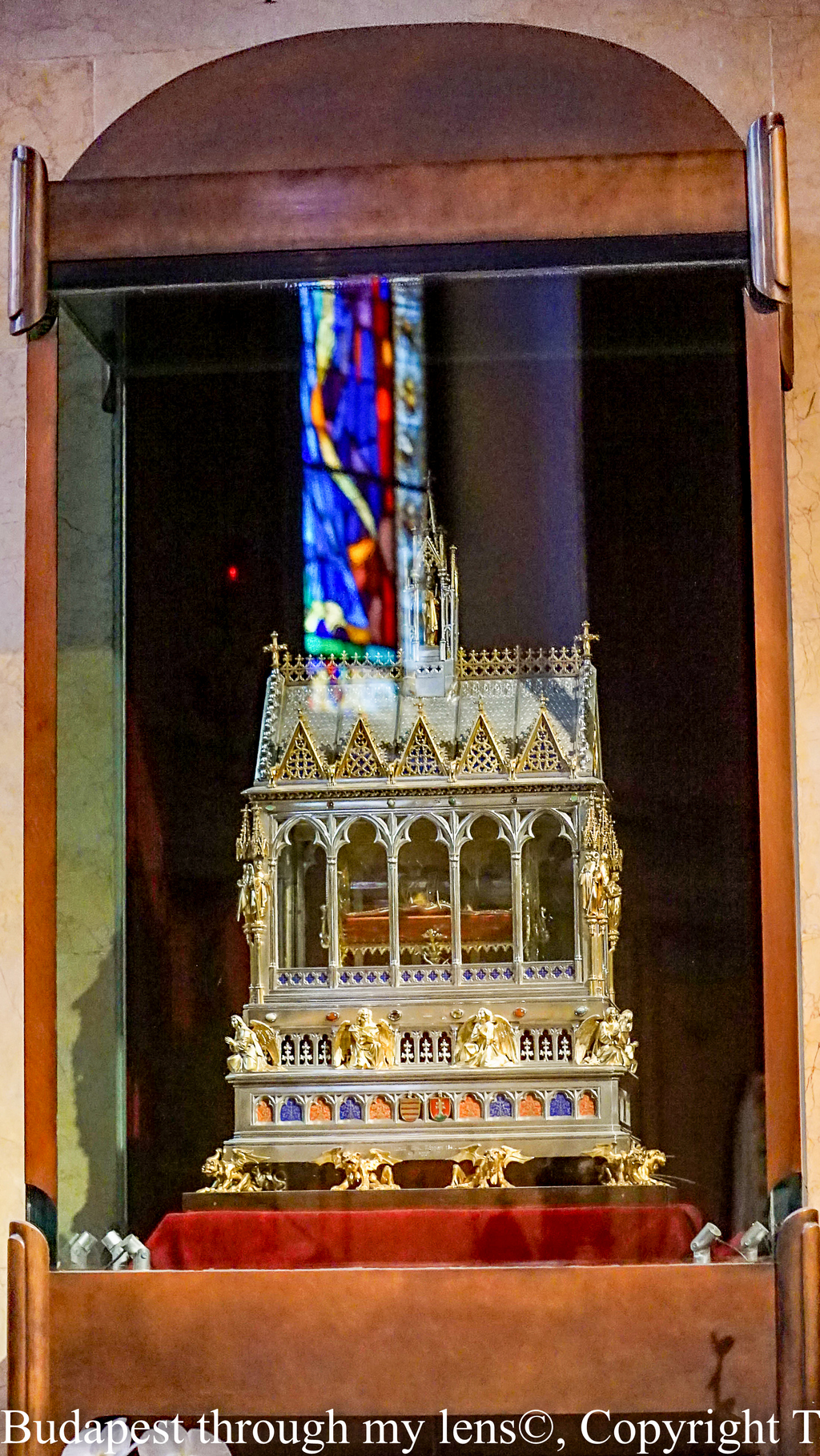
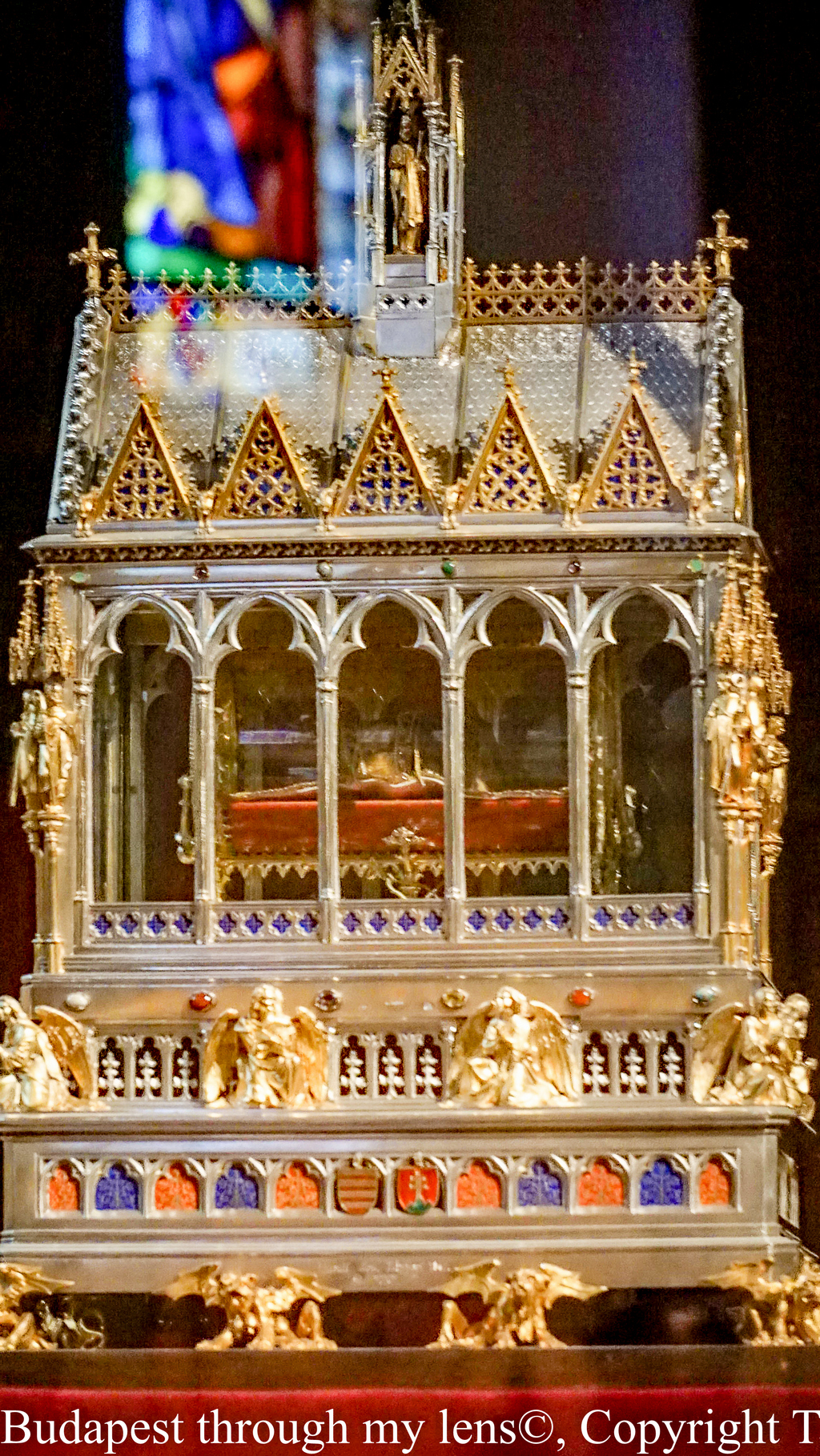
Tôi thường nghĩ đến Piroschka
Andreas, một sinh viên trẻ người Đức đến Hungary trong một chương trình trao đổi. Tại ngôi làng Hungary, anh ta đã yêu Piroschka, con gái trạm trưởng nhà ga và dành phần lớn thời gian của anh ta với cô ta.Họ có một mùa hè đầy mê hoặc cho đến khi Andreas gặp một phụ nữ trẻ khác tại một khu nghỉ mát gần đó.Piroschka ghen tuông và đi theo anh ta ở đó, gây rắc rối. Phải mất một thời gian dài đối với Andreas và Piroschka để thậm chí nói chuyện với nhau một lần nữa. Khi Andreas phải rời Hungary vào cuối kỳ nghỉ của mình, anh ta quyết định trở lại một ngày nào đó.
I Often Think of Piroschka
Andreas, a young German student comes to Hungary on an exchange programme. In the Hungarian village he falls in love with the stationmaster’s daughter Piroschka and spends much of his time with her. They have an enchanting summer until Andreas gets an invitation to join another young woman at a nearby resort. Piroschka is jealous and follows him there, causing trouble. It takes a long time for Andreas and Piroschka to even talk to each other again. When Andreas has to leave Hungary at the end of his holiday, he is determined to return some day.
Je pense souvent à Piroschka
L’intrigue du film „Je pense souvent à Piroschka“ construit sur un retour de flamme. Un écrivain de monter sur les années nommé Andreas se souvient du moment doux-amer de son premier amour, qu’il a rencontré lors d’un voyage en Hongrie.
Andreas est sur son chemin à sa famille de vacances dans Hódmezővásárhely. Déjà sur le voyage sur le train, il est trop gaie et confortable. Villageois hongrois soins pour les jeunes étudiants avec des spécialités hongroises et lui poser des questions sur sa destination.
Lors d’une escale à Budapest, il a rencontré le jeune Allemand Greta connaître et tombe amoureux d’elle. Vous aurez une nuit, on attend, réunir les uns avec les autres. Apathique et avidement voyagé à Andreas Hódmezővásárhely où lui un accueil bruyant et chaleureux est préparé à la gare. Là, il a rencontré une de 17 ans Piroschka, le premier se rapproche de lui timidement.
Mais au fil du temps les deux se rapprochent et souvent passer des heures agréables ensemble. Puis Andreas atteint d’une carte de Greta, leur demandant de prendre sur le lac Balaton. Andreas décide de suivre l’invitation et a voyagé pour quelques jours de repos. La carte tombe Piroschka dans les mains, elle voyage Andreas derrière et lui et Greta confronte à leur présence permanente.
Il faut un certain temps jusqu’à ce que le jeune étudiant se rend compte qu’il est réellement en amour avec la fille Puszta. Il retourne à Hódmezővásárhely et supplie son pardon. Mais contrairement à beaucoup de comédies en commun, il n’y a pas de fin heureuse pour les amoureux. Andreas doit retourner en Allemagne même le lendemain. Dans leur dernière nuit de la jeune fille tenant le train à la gare de Hódmezővásárhely d’imprévu, les deux l’expérience d’un premier et dernier moment de tendresse.
Những mối tình dang dở
“Đàn ông thường nhớ về những người phụ nữ làm anh ta hạnh phúc, còn phụ nữ lại chỉ nhớ nhiều về người đã làm họ khổ đau”.
Đằng sau một cuộc tình tan vỡ thường là câu hỏi “vì sao lại chia tay?”. Người cũ- đối với một số người là những kỉ niệm đớn đau, với một số người lại là niềm luyến thương nhớ tiếc. Chẳng cần biết lí do vì sao mà người đó đã không thể cùng ta đi hết đoạn đường yêu. Nhưng dù sao đó cũng là người đã cùng ta đi chung một đoạn đường tuổi trẻ. Quên đi một người đã in sâu đến từng hơi thở, thật khó. Nhưng rồi chắc chắn sau những lẻ loi cô quạnh ta sẽ lại tìm thấy một người bạn đồng hành khác, cùng nắm tay nhau đi qua những tháng năm đầy cỏ hoa và gai góc. Cùng cười cùng khóc với những dâu bể cuộc đời. Cùng nhau chia sớt những buồn vui, san sẻ những gánh nặng cuộc đời mang đến.
Nhớ thương người cũ chỉ làm tổn thương người bạn đời, nuối tiếc quá khứ chỉ tạo thêm rào cản cho những mối quan hệ mới trong tương lai. Tháng năm tưởng rộng dài mà thực ra chật hẹp, có một lúc nào đó vô tình trên đường đời chợt gặp nhau, mỉm cười với nhau, khẽ gật đầu chào một cái là xong, hà cớ gì phải tỏ ra lạnh lùng, tiếc thương, căm hận. Bởi biết đâu đấy “nếu chúng mình có thành đôi lứa, chắc gì ta đã thoát đời khổ đau”.

Chiều tháng 4, nơi đây, mình tôi độc bước trên bờ sông Danube . Bất chợt kỷ niệm ùa về, tôi bỗng nhớ những cái ôm thật chặt, những nụ hôn vụng dại mà ngọt ngào, ánh nhìn dịu dàng trao nhau… Tất cả thật đẹp, thật lãng mạn và phải chăng vì đẹp quá nên mới dang dở? Dang dở để trong kí ức mỗi người tình đầu sẽ còn mãi, làm người ta nhớ mãi không quên những ngày hạnh phúc nhất trong đời. Phải chăng tình đầu dang dở để những mối tình đến sau được trọn vẹn?
Tình đầu còn nhiều vụng dại, đã có lúc tôi vô tâm làm tổn thương em thật nhiều. Tình đầu dang dở dạy tôi biết yêu thương mình thật nhiều. Vì có yêu bản thân, tôi mới có thể yêu thương một ai đó khác. Cứ như thế, đi qua những tháng ngày tuổi trẻ với mối tình đầu dang dở… Để rồi hôm nay tôi nhận ra tình đầu dạy tôi nhiều lắm. Em hãy luôn nhớ rằng, ở một góc nào đó trong trái tim, vẫn còn một khoảng trống dành cho em, bởi vì tôi chưa bao giờ hết yêu em .
Phương Vy
Rượu vang Tokaji. (Hungarian: of Tokaj) Tokaji là tên rượu vang vùng Tokaj-Hegyalja của Hungary. Rượu có vị ngọt làm bằng nho trong vùng đã cố tình làm cho bị nhiễm nấm xám Botrytis để tạo nên hương vị đặc biệt của nó.
Tokajer ist einer der bedeutenden und traditionsreichen Weine der Welt. Er wird aus Weißweintrauben und nach verschiedenen Verfahren in unterschiedlichen Süßegraden und Qualitätsstufen hergestellt. Besonders die Süßweine Tokaji Aszú (dt. Tokajer Ausbruch) und Tokaji Eszencia (dt. Tokajer Essenz) werden seit Jahrhunderten von Weinkennern als kostbare Edelweine und Klassiker der Weinwelt geschätzt.[2] Tokajer entsteht ausschließlich im Tokajer Weinanbaugebiet, das zum großen Teil (etwa 90 %) in Nord-Ungarn liegt, zum kleinen Teil in der Süd-Slowakei. Namensgebend ist die alte ungarische Stadt Tokaj.
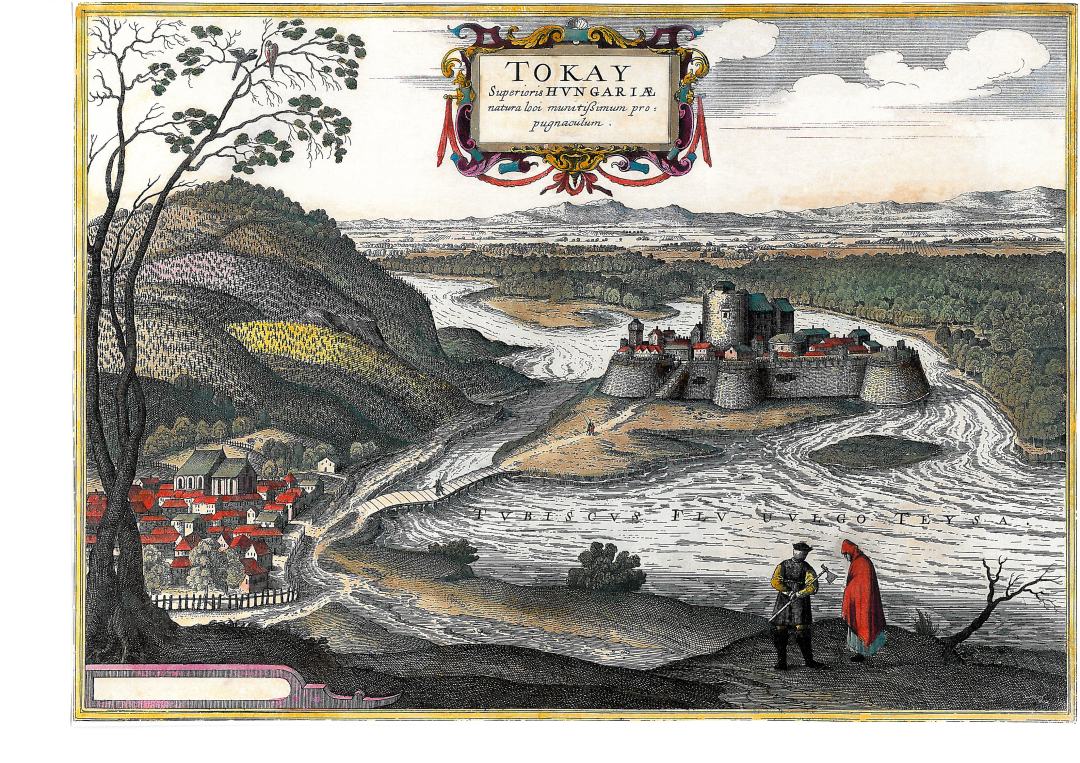
Der Tokajer war nach den gesüßten Weinen der Antike der erste große Süßwein.Die frühesten schriftlichen Spuren des Weinbaus in der Region Tokaj gehen auf das 13. Jahrhundert zurück, die der Weinherstellung auf das 15. Jahrhundert. Im Jahre 1571 wird erstmals Aszú-Wein urkundlich erwähnt. Der Legende nach beruht die Entdeckung der Edelfäule auf einem Zufall. Die erste Beschreibung der Herstellung von Tokaji Aszú datiert auf das Jahr 1630. Sie wurde von einem Priester, Abt Máté Szepsi Laczkó, verfasst.
„Puttony“ ist das ungarische Wort für Bütten und steht für Tragebütten, die ein Fassungsvermögen von 25 kg haben. Sie sind das traditionelle Maß für die Menge an edelfaulen Trauben, die einem Grundwein beigegeben wird. Die Anzahl der „Puttony“ gibt das Verhältnis zwischen edelfaulen Trauben und Grundwein an. Bei 6 Puttonyos beträgt das Verhältnis etwa 1:1. Die Menge an Grundwein, dem ein puttony zugegeben wird, beträgt 136,5 Liter und wird als „Göncer Fass“ (ung. Gönci hordó) bezeichnet, da sie traditionell in der Ortschaft Gönc hergestellt wurden. An die zweite Vergärung schließt sich normalerweise eine Holzfasslagerung an. Deren Dauer in Jahren entspricht meist der Anzahl der puttonyok, die dem Grundwein zugegeben wurden. Aufgrund veränderter Kellertechnologie werden diese Zeiten heutzutage jedoch oft nicht mehr eingehalten und der Wein deutlich früher verkauft.
drei Butten (Puttonyos Aszú) = 75 kg Aszú-Trauben auf 136,5 Liter, mind. 60 bis 90 g/Liter Restzucker
vier Butten = 100 kg Aszú-Trauben auf 136,5 Liter, mind. 90 bis 120 g/Liter Restzucker
fünf Butten = 125 kg Aszú-Trauben auf 136,5 Liter, mind. 120 bis 150 g/Liter Restzucker
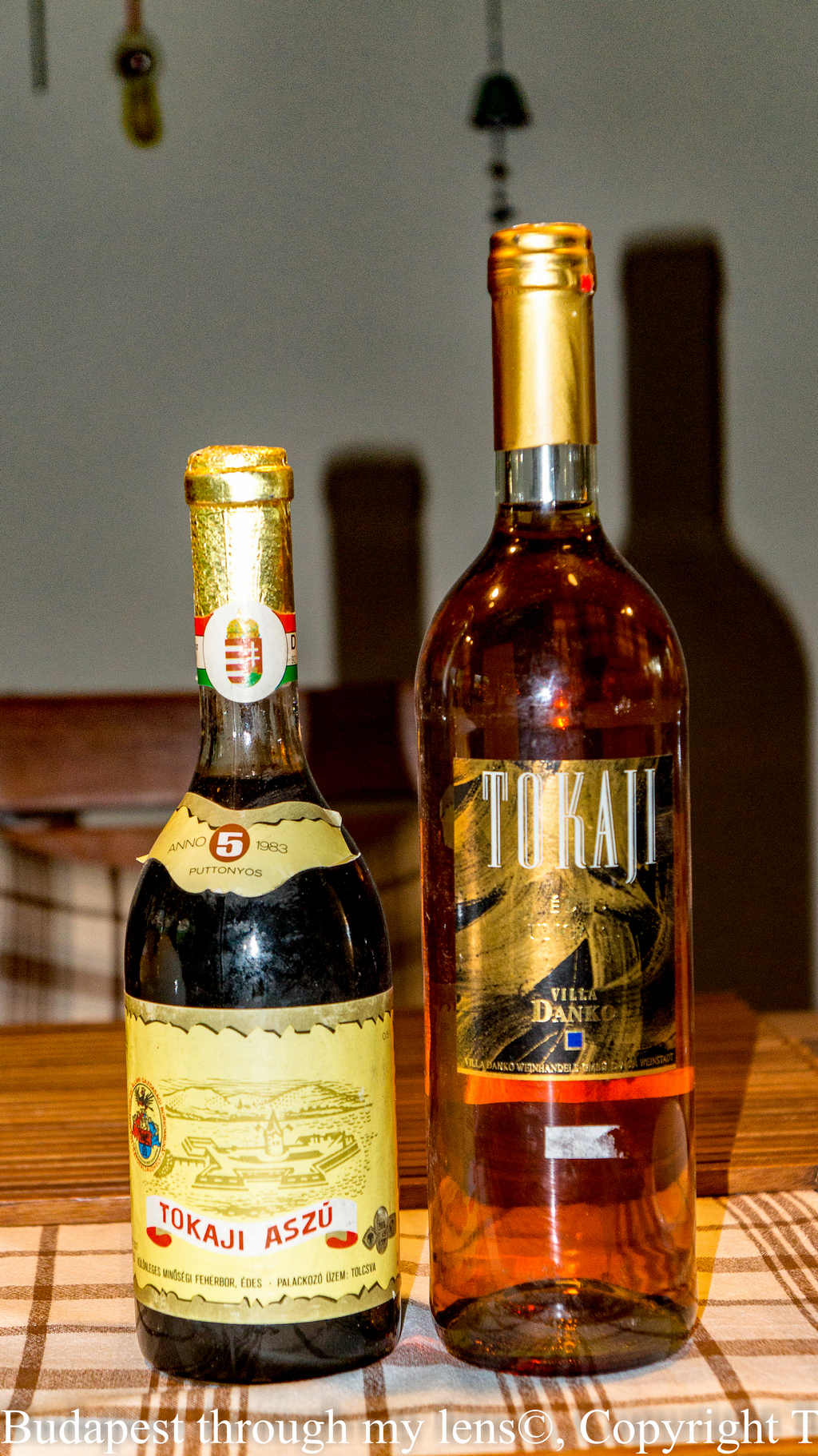
sechs Butten = 150 kg Aszú-Trauben auf 136,5 Liter, mind. 150 bis 180 g/Liter Restzucker
sieben Butten = Aszúeszencia, mind. 180-250 g/Liter Restzucker.
Tokaji (Hungarian: of Tokaj Hungarian pronunciation: [ˈtokɒji]) or Tokay is the name of the wines from the Tokaj wine region (also Tokaj-Hegyalja wine region or Tokaj-Hegyalja) in Hungary or the adjoining Tokaj wine region in Slovakia. This region is noted for its sweet wines made from grapes affected by noble rot, a style of wine which has a long history in this region. The „nectar“ coming from the grapes of Tokaj is also mentioned in the national anthem of Hungary.
Tokaji wine has received accolades from numerous great writers and composers including Beethoven, Liszt, Schubert, Goethe, Heinrich Heine, Friedrich von Schiller, Bram Stoker, Johann Strauss II, and Voltaire. The composer Joseph Haydn’s favorite wine was Tokaji. Besides Louis XIV, several other European monarchs are known to have been keen consumers of the wine. Louis XV and Frederick the Great tried to outdo one another when they treated guests such as Voltaire with Tokaji.
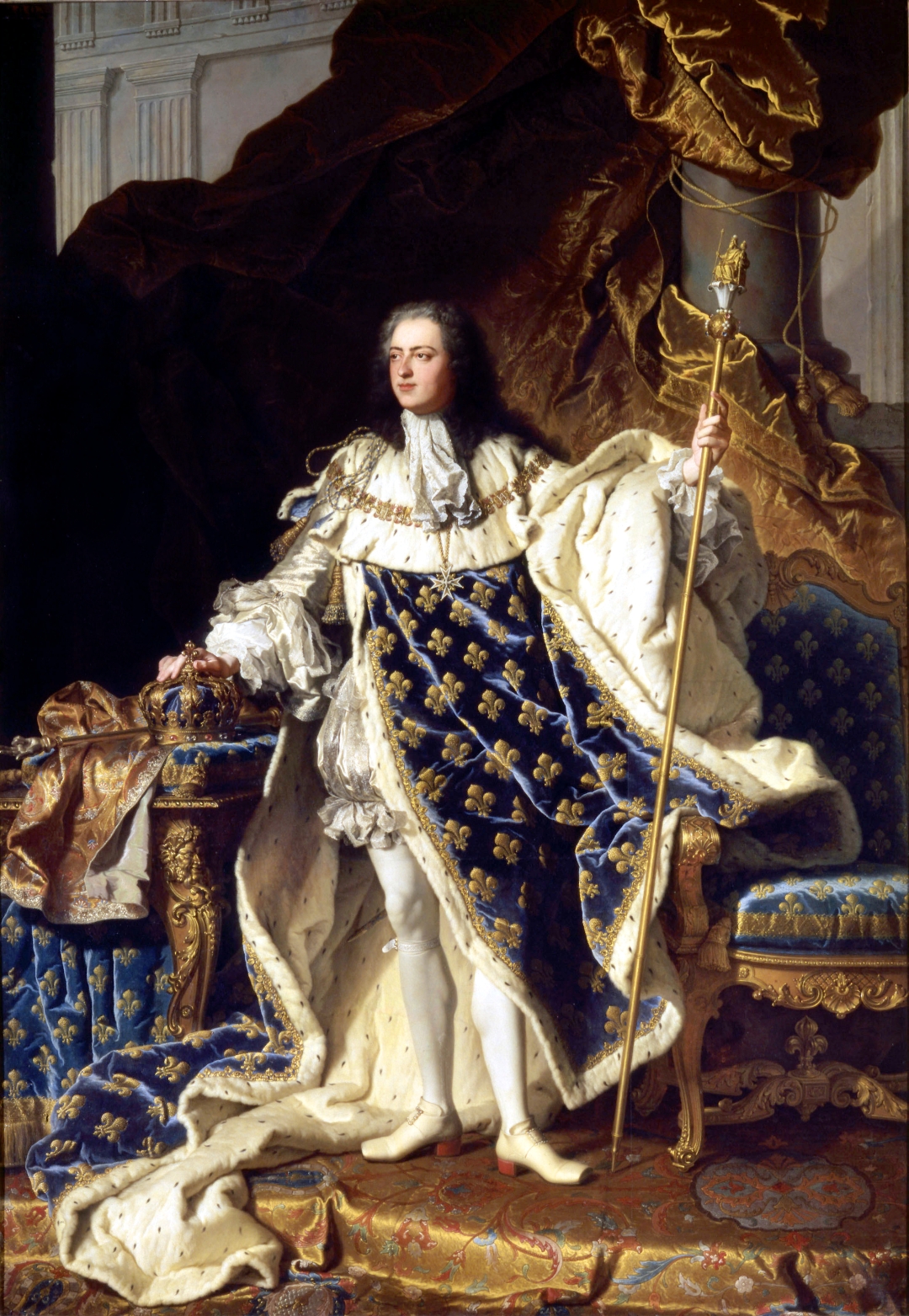
Napoleon III, the last Emperor of the French, ordered 30–40 barrels of Tokaji at the French Royal Court every year.
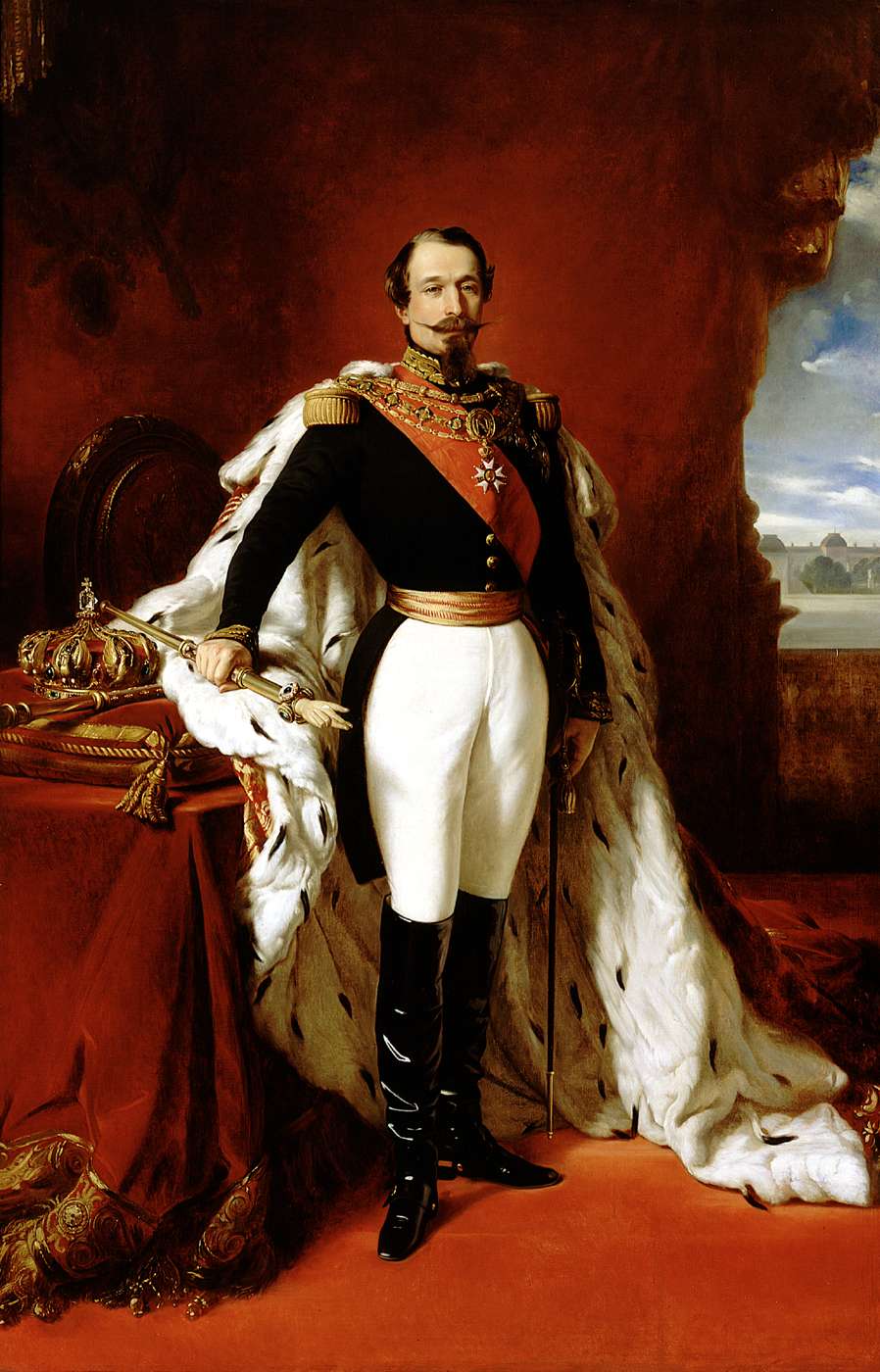
Pope Pius IV. (1499–1565) at the Council of Trient in 1562, exclaimed: Summum pontificem talia vina decent! (This is the type of wine that should be on the papal table). Gustav III, King of Sweden, loved Tokaji – it has been said he never had any other wine to drink.
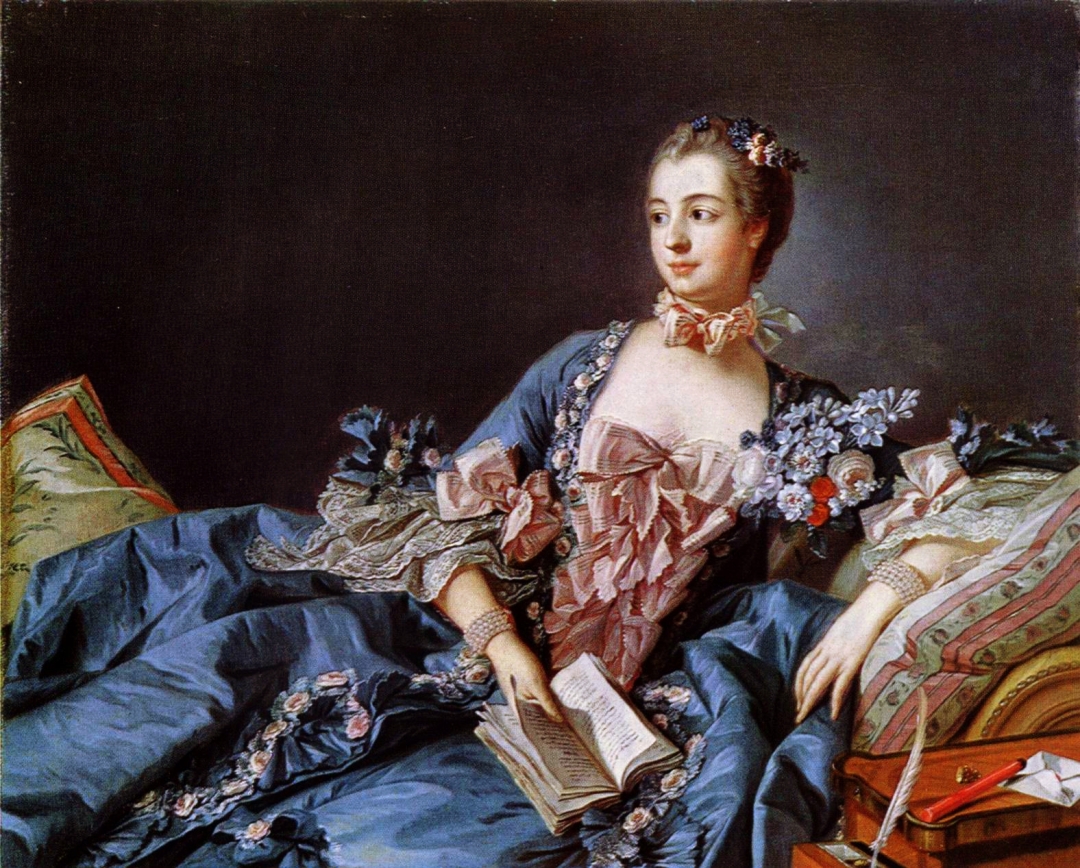
In Russia, customers included Peter the Great and Empress Elizabeth of Russia.

A newspaper account of the 1933 wedding of Polish president Ignacy Mościcki notes that toasts were made with 250-year-old wines, and goes on to say „The wine, if good, could only have been Essence of Tokay, and the centuries-old friendship between Poland and Hungary would seem to support this conclusion.
Goulash is a soup or stew of meat and vegetables, seasoned with paprika and other spices. Originating from the medieval Kingdom of Hungary, goulash is also a popular meal in Central Europe, Eastern Europe, the Netherlands, Belgium, Switzerland, Scandinavia and Southern Europe.
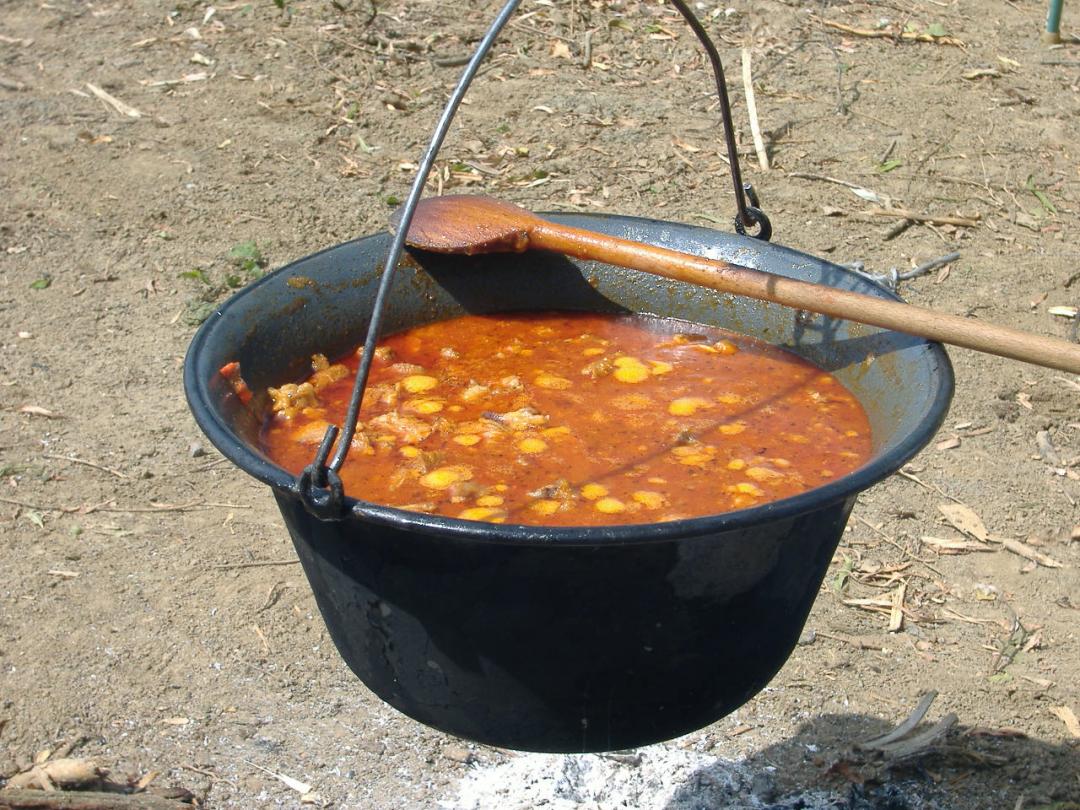
Its origin traces back to the 9th century to stews eaten by Hungarian shepherds. Back then, the cooked and flavored meat was dried with the help of the sun and packed into bags produced from sheep’s stomachs, needing only water to make it into a meal. It is one of the national dishes of Hungary and a symbol of the country.
Goulash (tiếng Hungary: gulyás ) là một món súp hoặc món hầm từ thịt và rau, nêm với paprika và các gia vị khác. Bắt nguồn từ Vương quốc Hungary thời Trung Cổ, goulash cũng là một món phổ biến ở Trung Âu, Đông Âu, Hà Lan, Bỉ, Thụy sĩ, Scandinavia và Nam Âu.
Nguồn gốc của nó có dấu vết từ món hầm của những mục đồng người Hungary ở thế kỷ thứ 9. Lúc đó, thịt đã ướp được làm khô bởi mặt trời và gói vào túi từ dạ dày cừu, chỉ cần thêm nước để biến nó thành một món ăn. Nó là một trong những món ăn quốc gia của Hungary và là một biểu tượng của nước này.
Kürtőskalács ( sometimes transliterated kurtosh kalach) is a spit cake specific to Hungarian-speaking regions in Romania, more predominantly the Székely land. Earlier a festive treat, now it is part of everyday consumption.
Kürtőskalács is made from sweet, yeast dough (raised dough), of which a strip is spun and then wrapped around a truncated cone–shaped baking spit, and rolled in granulated sugar. It is roasted over charcoal while basted with melted butter, until its surface cooks to a golden-brown color. During the baking process the sugar stuck on the kürtőskalács caramelises and forms a shiny, crispy crust. The surface of the cake can then be topped with additional ingredients such as ground walnut or powdered cinnamon.

Le kürtőskalács ou cozonac secuiesc est une pâtisserie hongroise originaire de la Transylvanie, région aujourd’hui située au centre et au nord-ouest de la Roumanie. Il se présente sous la forme d’une brioche caramélisé de forme cylindrique, cuit à la broche sur un feu. Le kürtőskalács est vendu dans les pâtisseries mais plus souvent il est préparé par des vendeurs de rue, de plages ou de foires.

Bánh Kürtőskalács hay kürtős kalács của Hungary đuợc gọi là bánh ống lò sưởi. Bánh là một ống hình trụ rỗng làm bằng bột cuốn quanh ống kim loại và được nướng trên lửa. Bánh khởi thủy từ vùng Transylvania. Bánh Kürtőskalács được bán ở khắp nơi ngay cả ở các tiệm bán bánh dạo ở góc phố.
Traditional Hungarian bullwhip
A whip is a tool, traditionally designed to strike animals or people to aid guidance or exert control over animals or other people, through pain compliance or fear of pain, although in some activities whips can be used without use of pain, such as an additional pressure aid or visual directional cue in equestrianism.

Whips are generally of two types, either a firm stick designed for direct contact, or a flexible whip that require a specialized swing to be effective, but has a longer reach and greater force, though may have less precision. There are also whips which combine both a firm stick (the stock or handle) and a flexible line (the lash or thong), such as hunting whips.
Budapest through my lens©, April 2017 . Copyright Tai Do Khac
